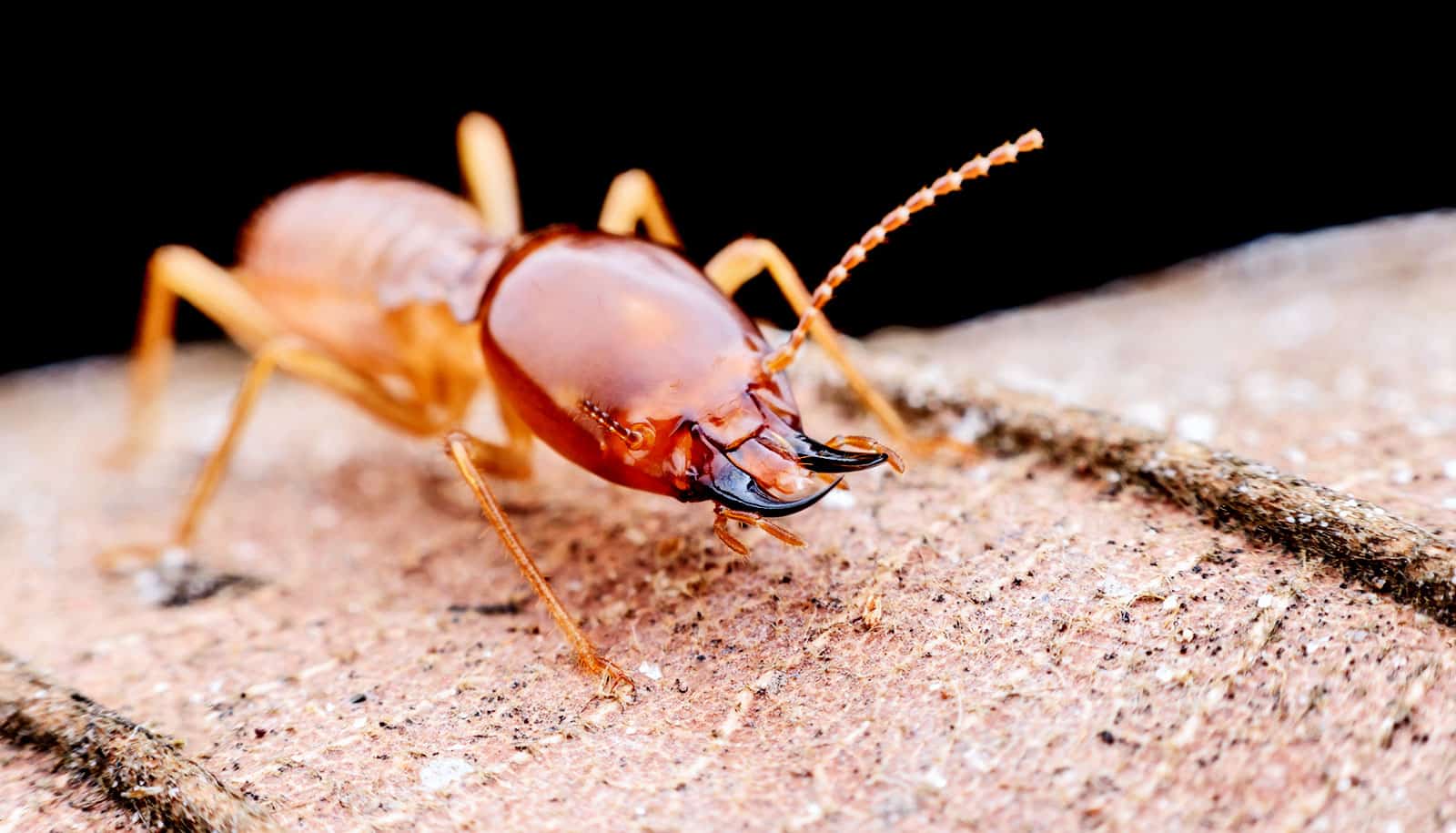Survival of the fittest may be the law of the animal kingdom, but not all creatures who live fight a clean battle. Several creatures have evolved interesting adaptable traits that help them survive out in the wild thanks to some new defense systems. Their methods work, and in many cases, their enemies are scared off and no longer try to pursue them.
The weird ways that these animals protect themselves can seem like they come out of a sci-fi film. From the deep sea to the African desert to the forests of North America, these creatures have found ways to elude their enemies. Whether it is an ingenious natural disguise or basking themselves in bodily fluids, these animals go to extreme measures to ensure they will live another day.
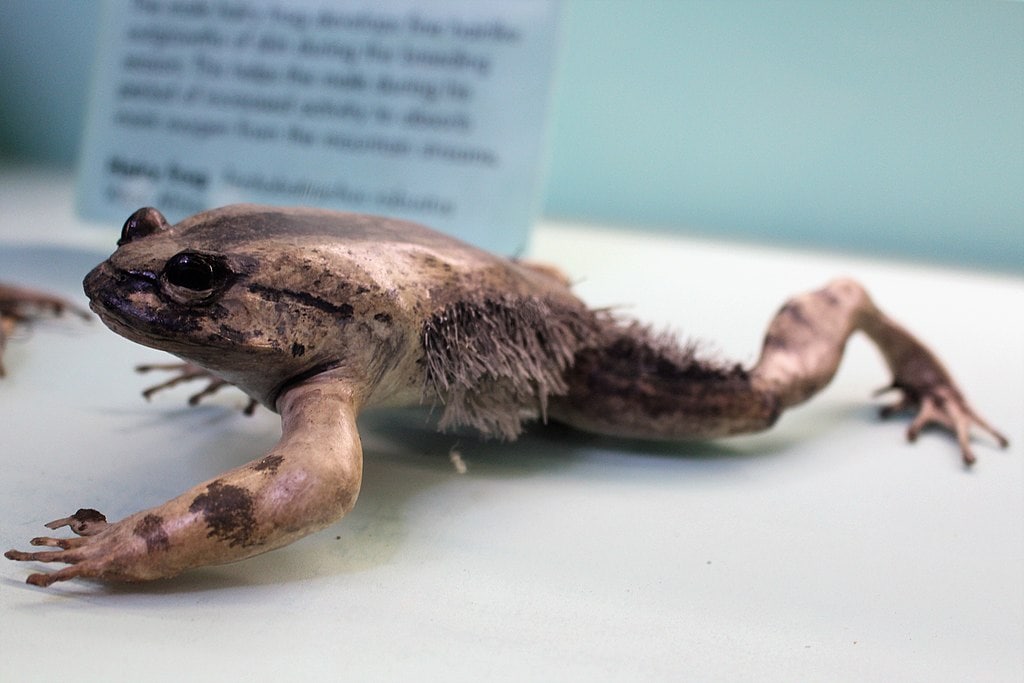
Hairy Frog
One African species of frog can break its bones to get away from its enemies. When you think about frogs, you wouldn’t believe one could resemble a wolverine, but the hairy frog, also known as the “horror frog,” is just like its name suggests. It is a hairy amphibian! It also possesses retractable “claws” that can be projected through the skin by intentionally breaking the bones of the toe.
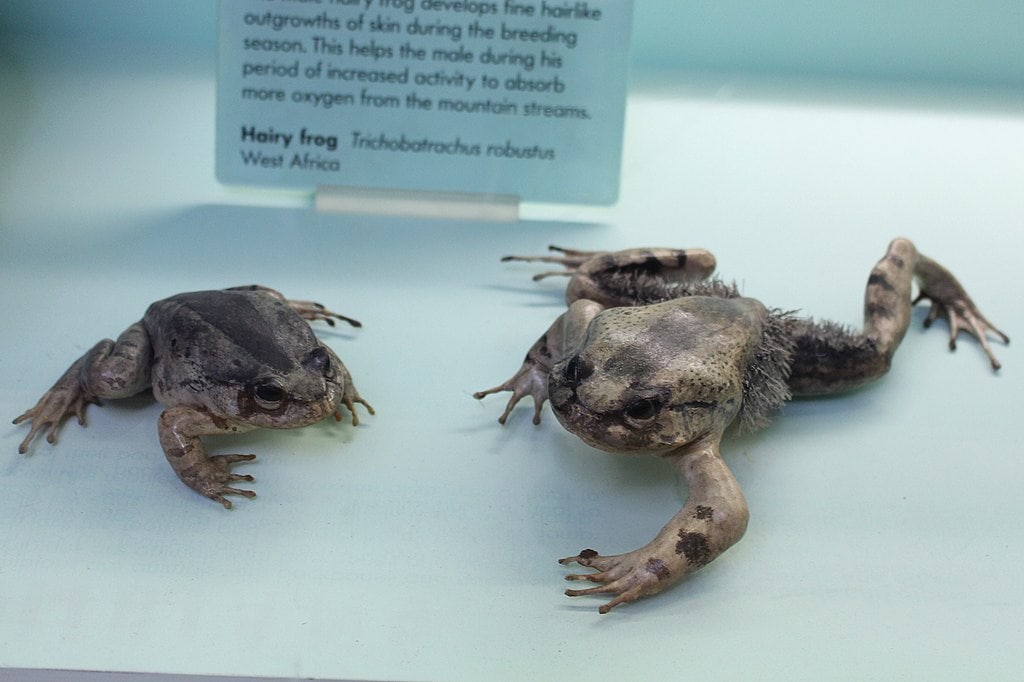
These “claws” are made of bone and not keratin like other real claws. This defensive behavior forces the nodule connection and pushes the sharpened bone through the skin. Researchers have hypothesized that the claws retract passively, and the damaged tissue is then regenerated.
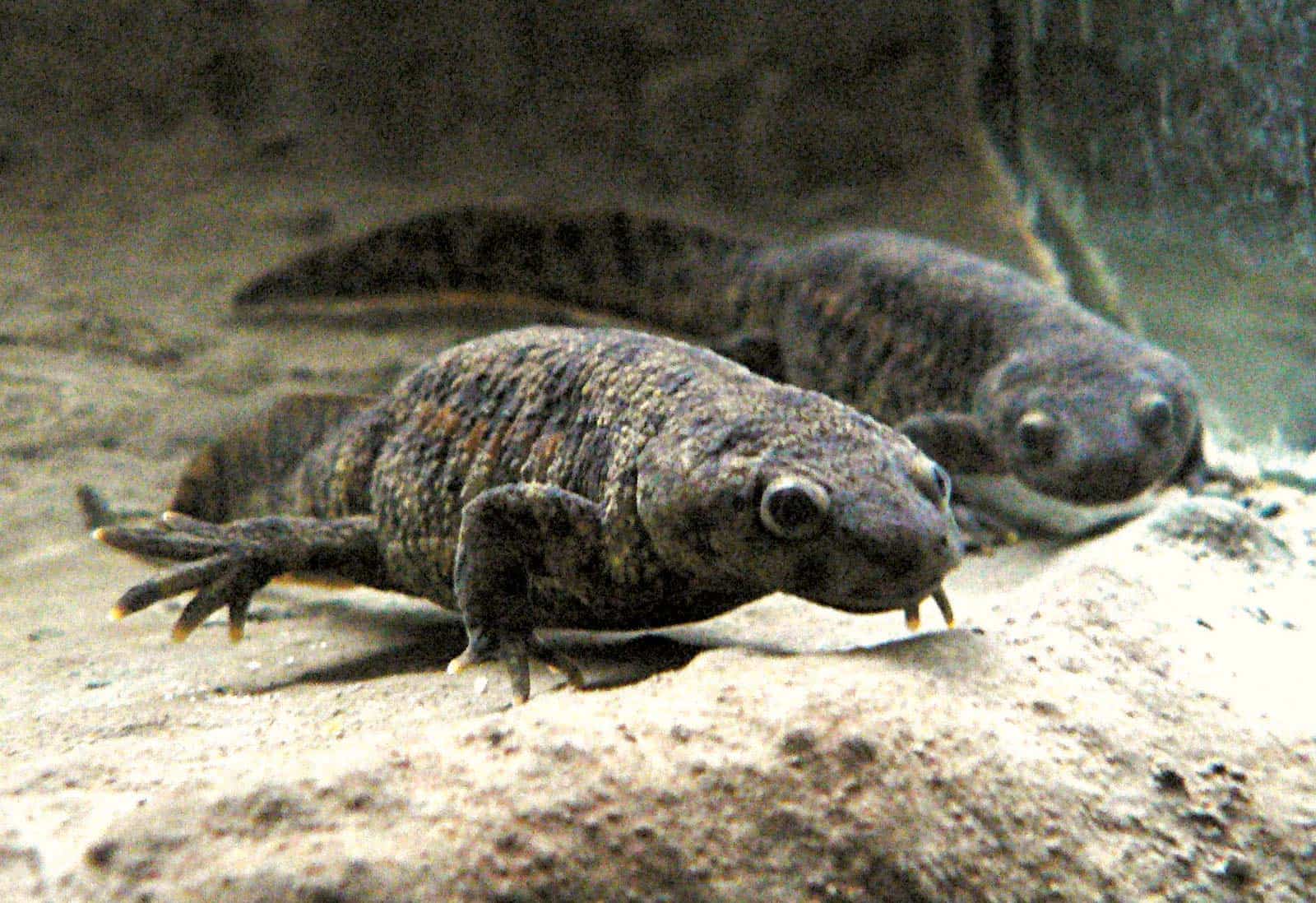
Iberian Ribbed Newt
The Iberian ribbed newt can be found in the central and southern Iberian Peninsula and Morocco, and it is also able to force a sharp part of its body to retract when it feels like it is under threat. The newt pushes its ribs through its skin and then defends itself against the unsuspecting predator.
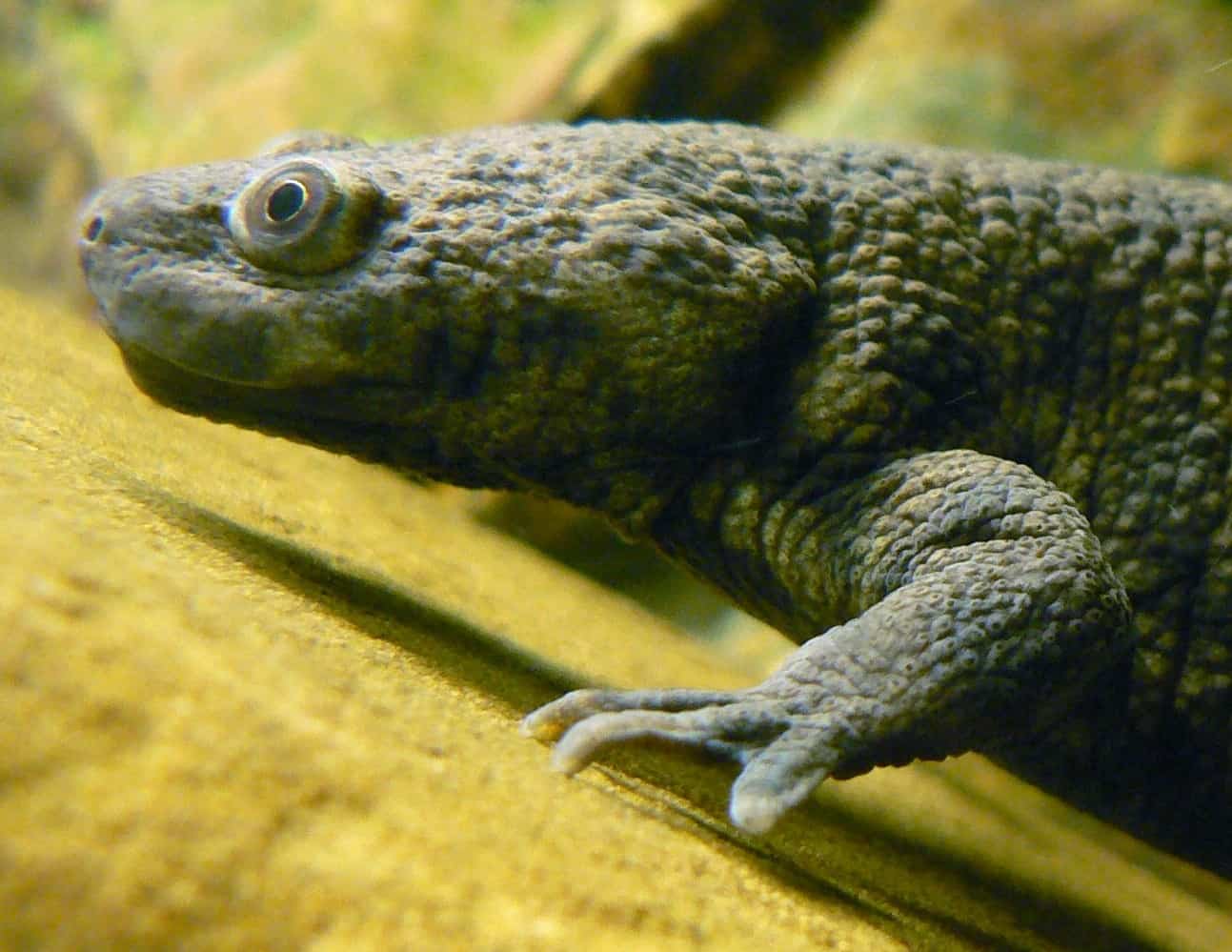
When the ribs are pushed through, the newly formed pores secrete a poison. The attacker will get a sharp stab and inject the substance into the puncture wound for a fatal blow. The newt then repairs its wounds without forming any scar tissue. The ends of the ribs can sometimes be seen protruding through its skin. No wonder why it is also known as the sharp-ribbed newt!
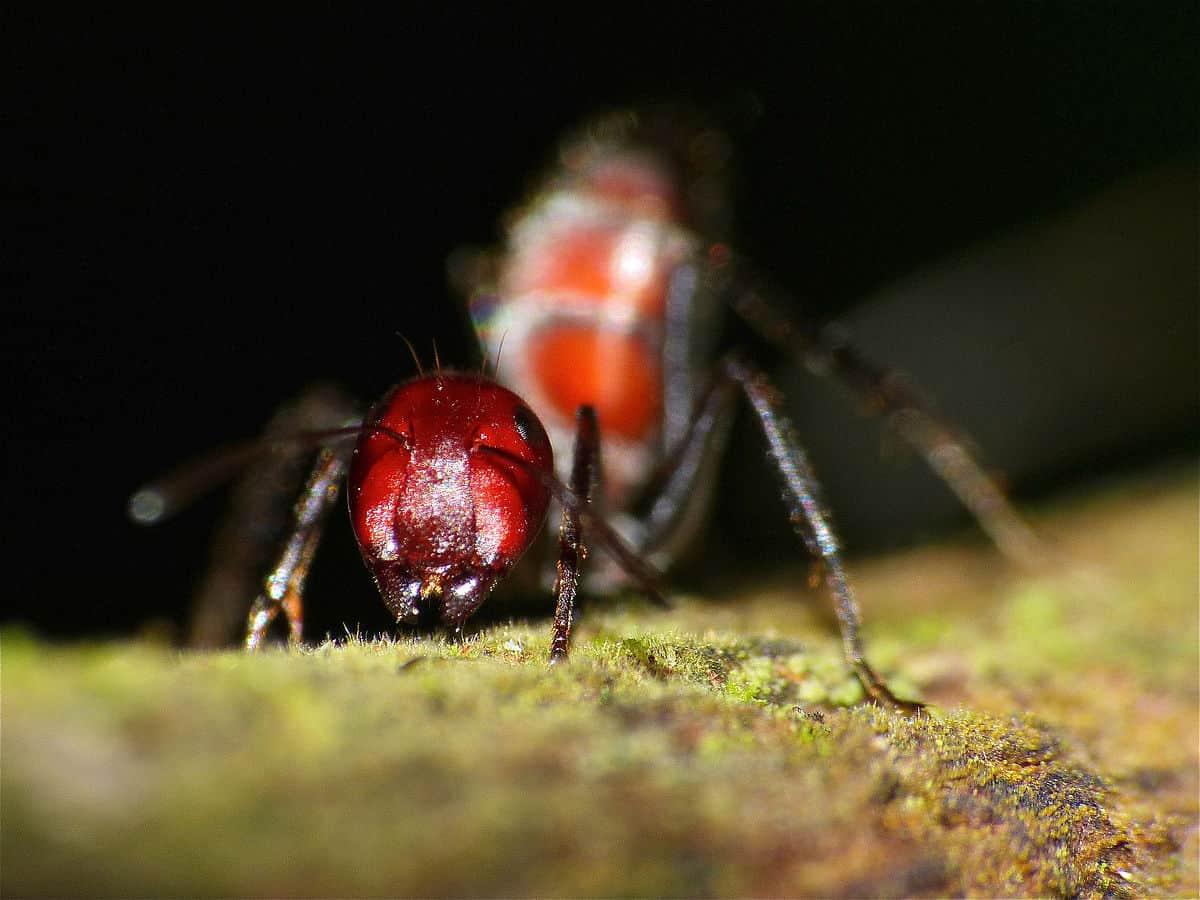
Malaysian “Exploding” Ant
Also known as the “exploding ant,” this insect species has adapted a killer way to defend its colony whenever it senses that it is under enemy attack. The Malaysian soldier ants have developed two large poison glands, which are activated as a way to keep invaders from its colony.
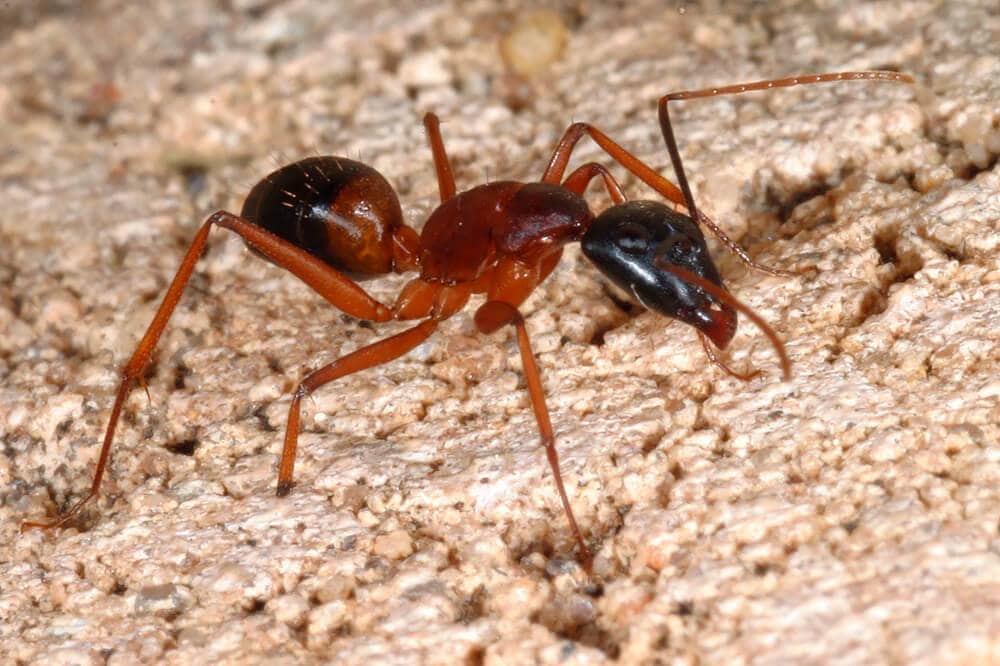
The “explosion” is employed when the ant violently contracts its muscles together to cause the fluid-filled glands to burst. The action causes the enemy to be sprayed with a stick and poisonous substance. While it also ends the soldier ant’s life, it has also been known to injure or even kill the attacker seriously.
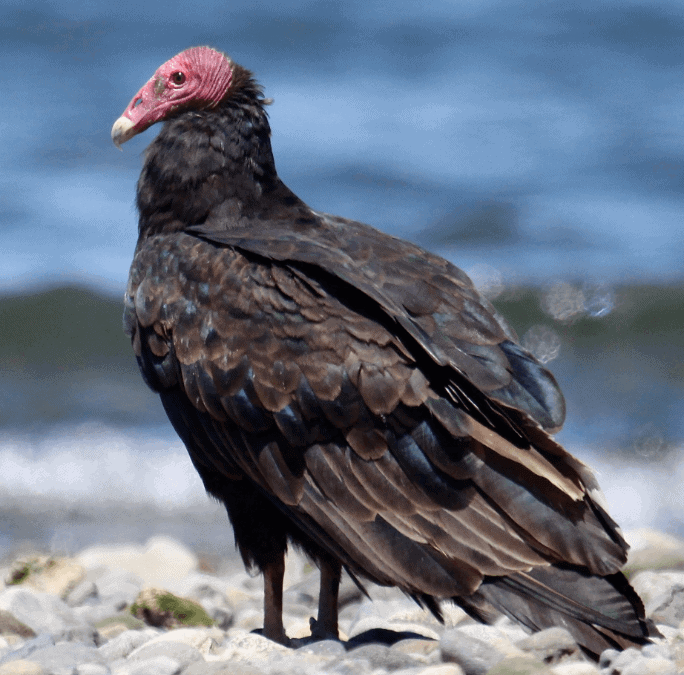
Turkey Vultures
These scavengers are not known for their natural beauty, and what they do to defend themselves can be considered even more disgusting. The turkey vultures gorge themselves on carrion, which is the dead, rotting bodies that are detected through the highly developed sense of smell.
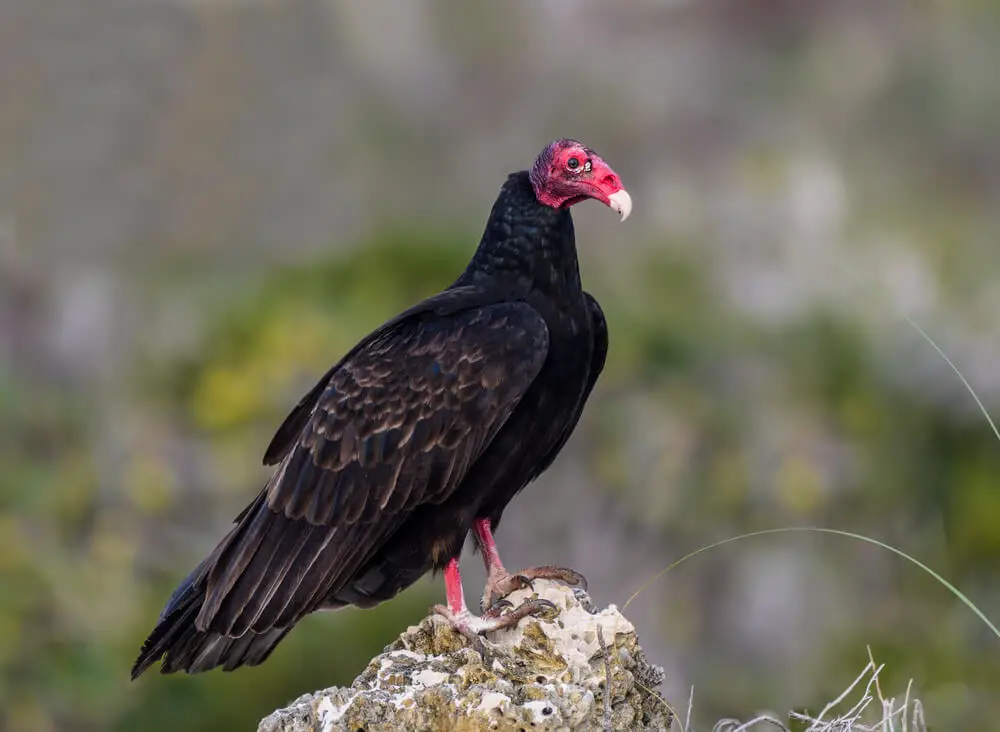
The birds will, at times, overindulge on their food and then regurgitate it to take it off from other predators. They will also employ an effective tactic against predators, puking right onto their enemies as a way to deter them from further pursuit. While the vulture is free to fly another day, the enemy is left covered in rotting meat vomit.
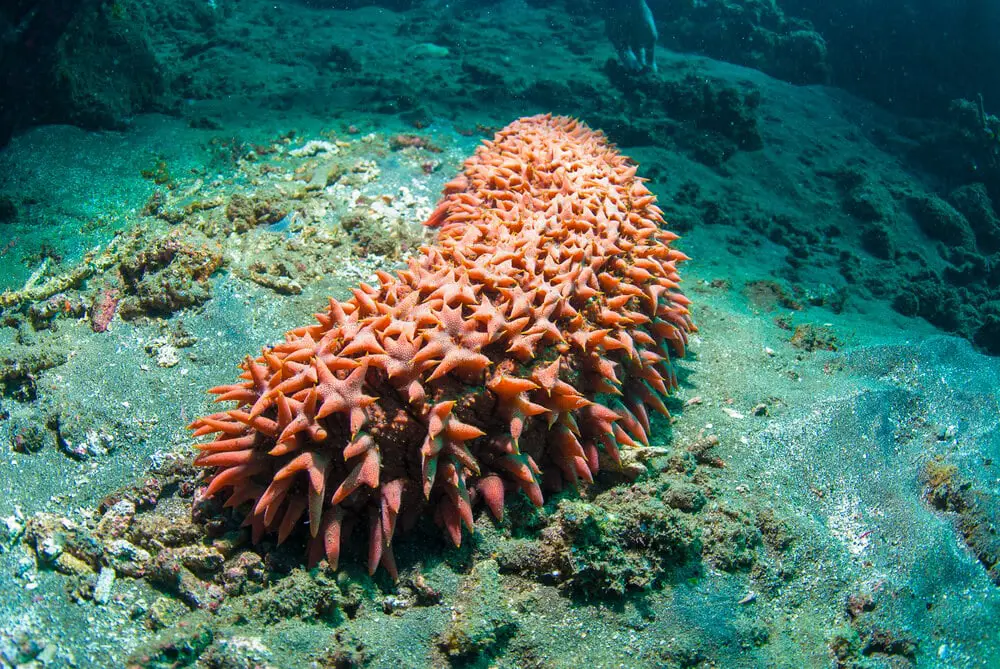
Sea Cucumbers
Sea cucumbers are nothing like their vegetable counterparts, and any predator that wants to try to take a bite is in for a big surprise. The sea creature barely moves, so they are often vulnerable to predators, but the cucumbers are toxic.
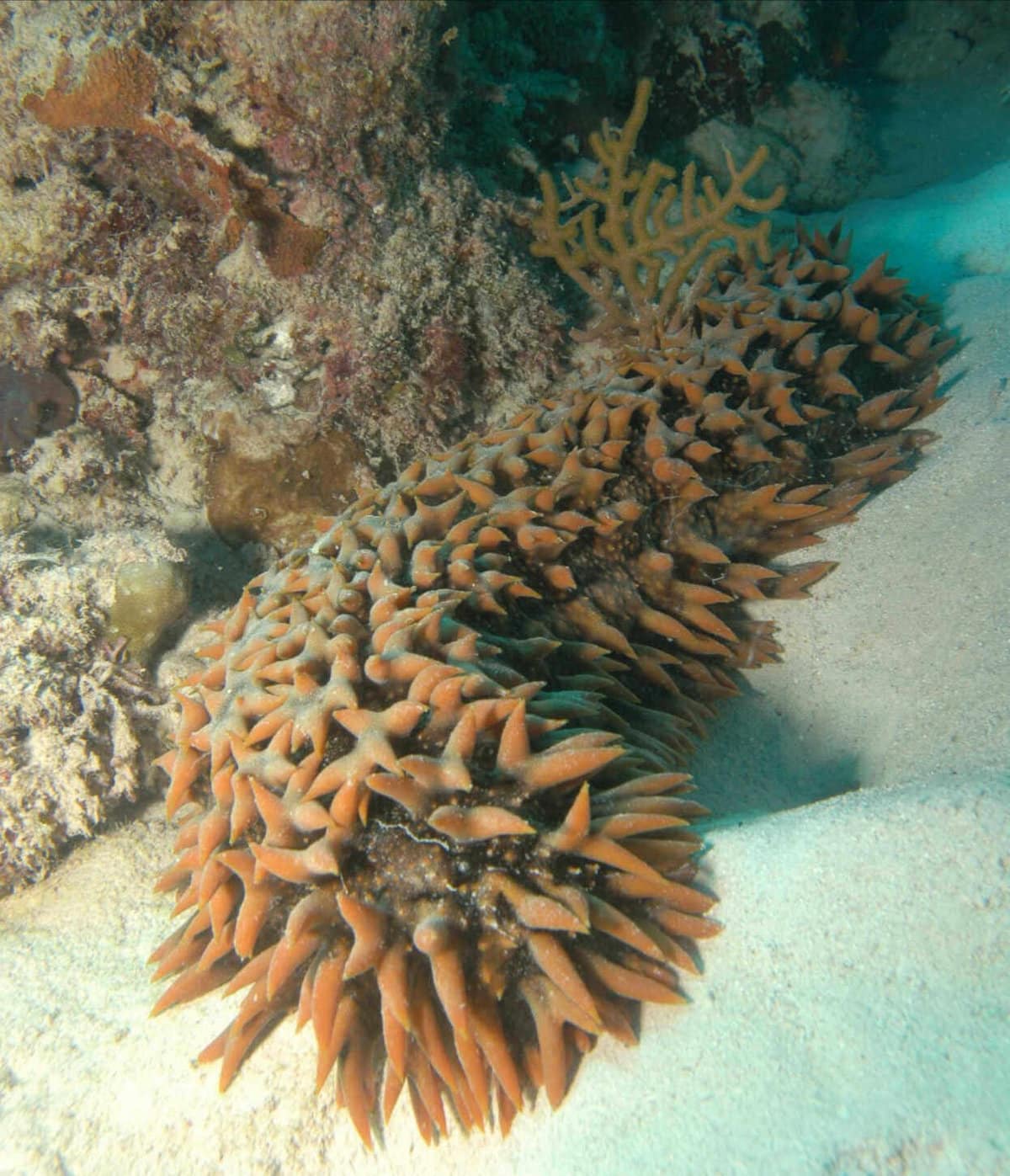
Some sea cucumbers have developed the ability to expel a part of their respiratory from an unsuspected place – its anus. This distracts any threatening enemy, allowing the cucumbers to tangle them up and initiate an accompanying toxin. Organs can grow back in a few weeks, so the cucumbers can continue to throw their never-ending supply of toxic body parts at anything that dares to threaten them.
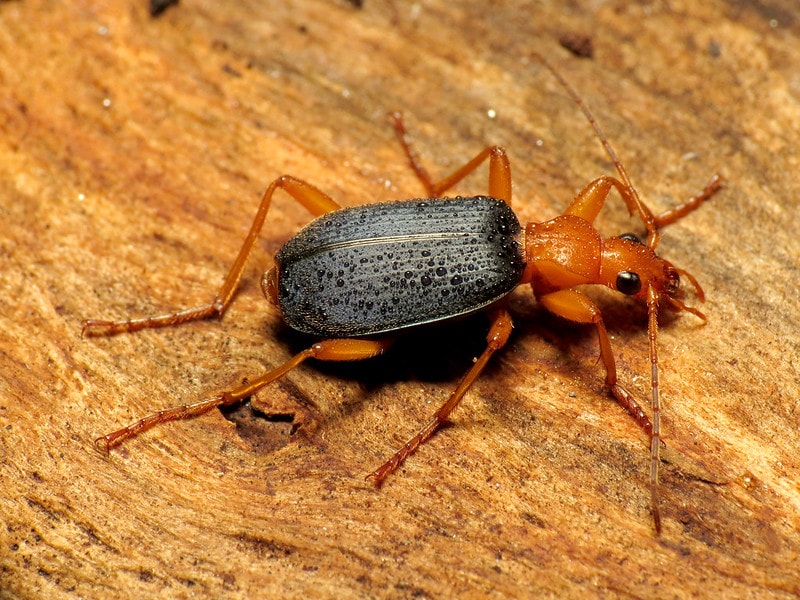
Bombardier Beetle
The bombardier beetle has adopted a genuinely disgusting yet effective method to ward off its enemies. The insect species lets out a hot, noxious spray of toxic bodily fluids from its anus. The two chemicals are kept separately in the glands, with one holding the chemicals hydrogen peroxide and hydroquinones and others containing the enzymes mix that catalyze the reaction.
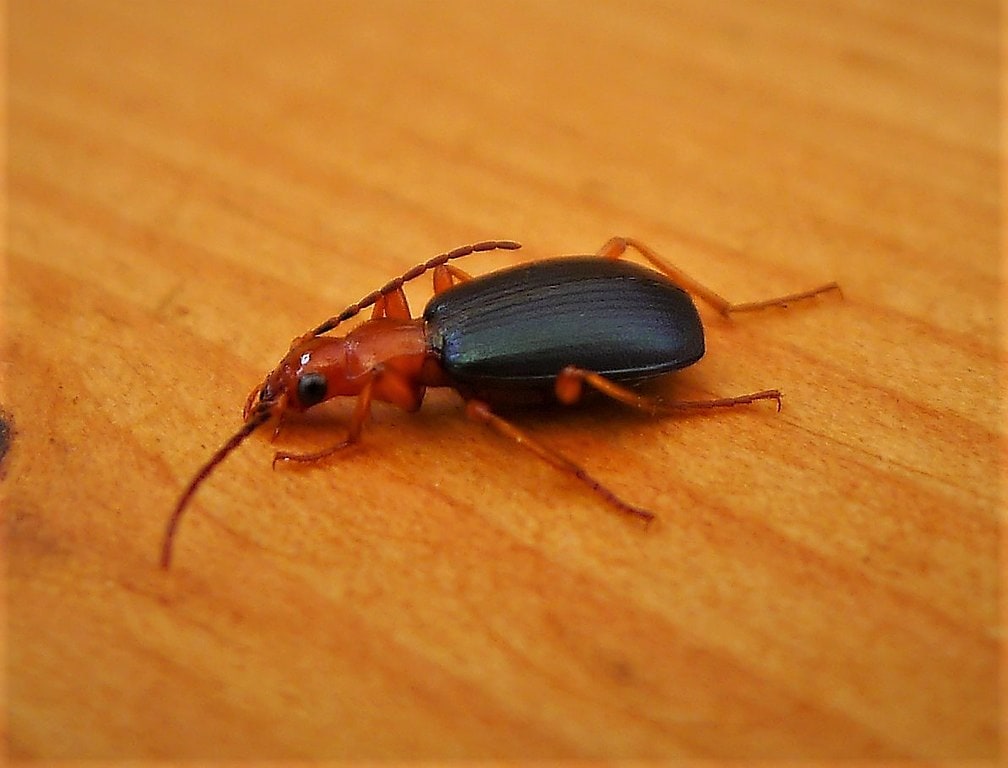
When the beetle squeezes its reservoirs, the chemical reaction shootout at almost a boiling point. It creates a warning to its predator to back away quickly if it knows what is good for it.
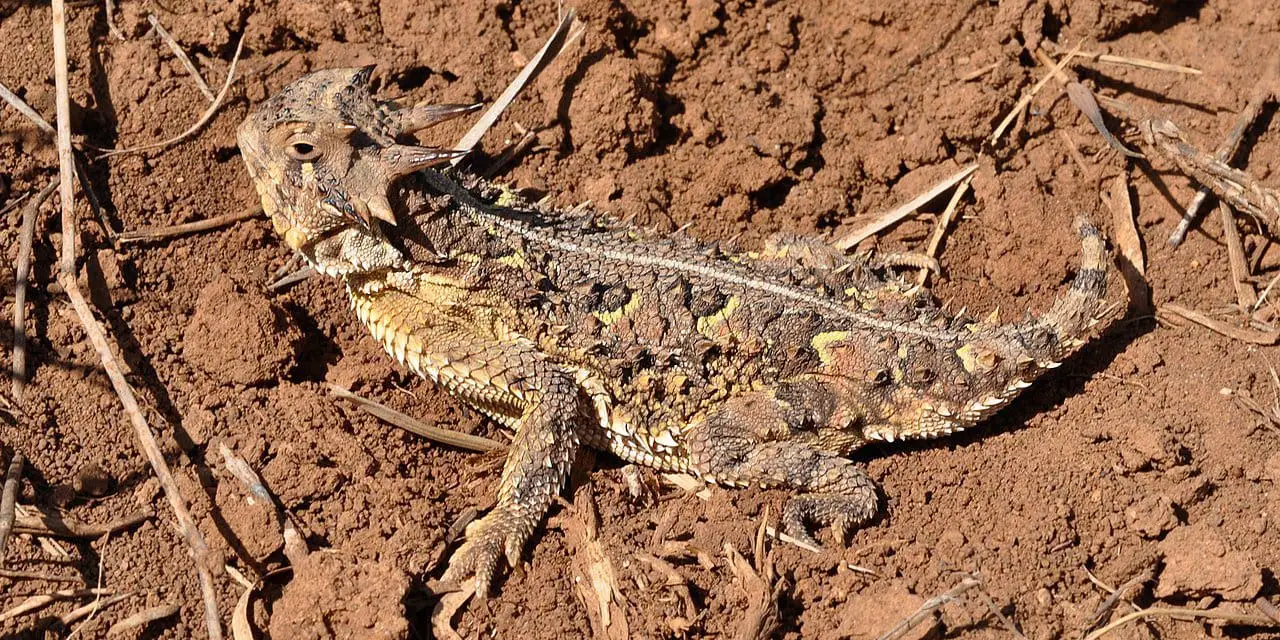
Texas Horned Lizards
Texas horned lizards do not look like something to mess with. Their spiked skin can be pretty intimidating, but any predator that dares to continue its hunt is going to be met with a sight usually reserved in nightmares and scary movies.
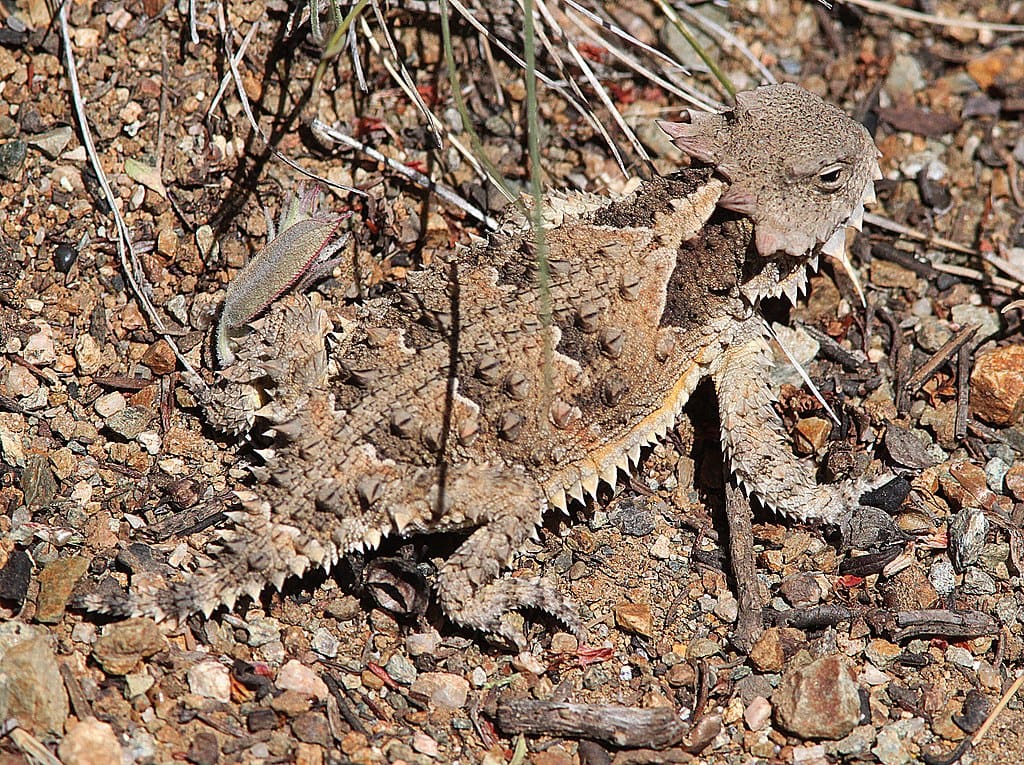
The lizard species has the ability to squirt a stream of blood from their eyes and mouths. The blood can travel up to five feet, and the predators likely drop the lizard after they’ve tasted the liquid. The defense mechanism is accomplished when the lizard increases the blood pressure in its head to such an extent that the blood vessels around the eyelids rupture.
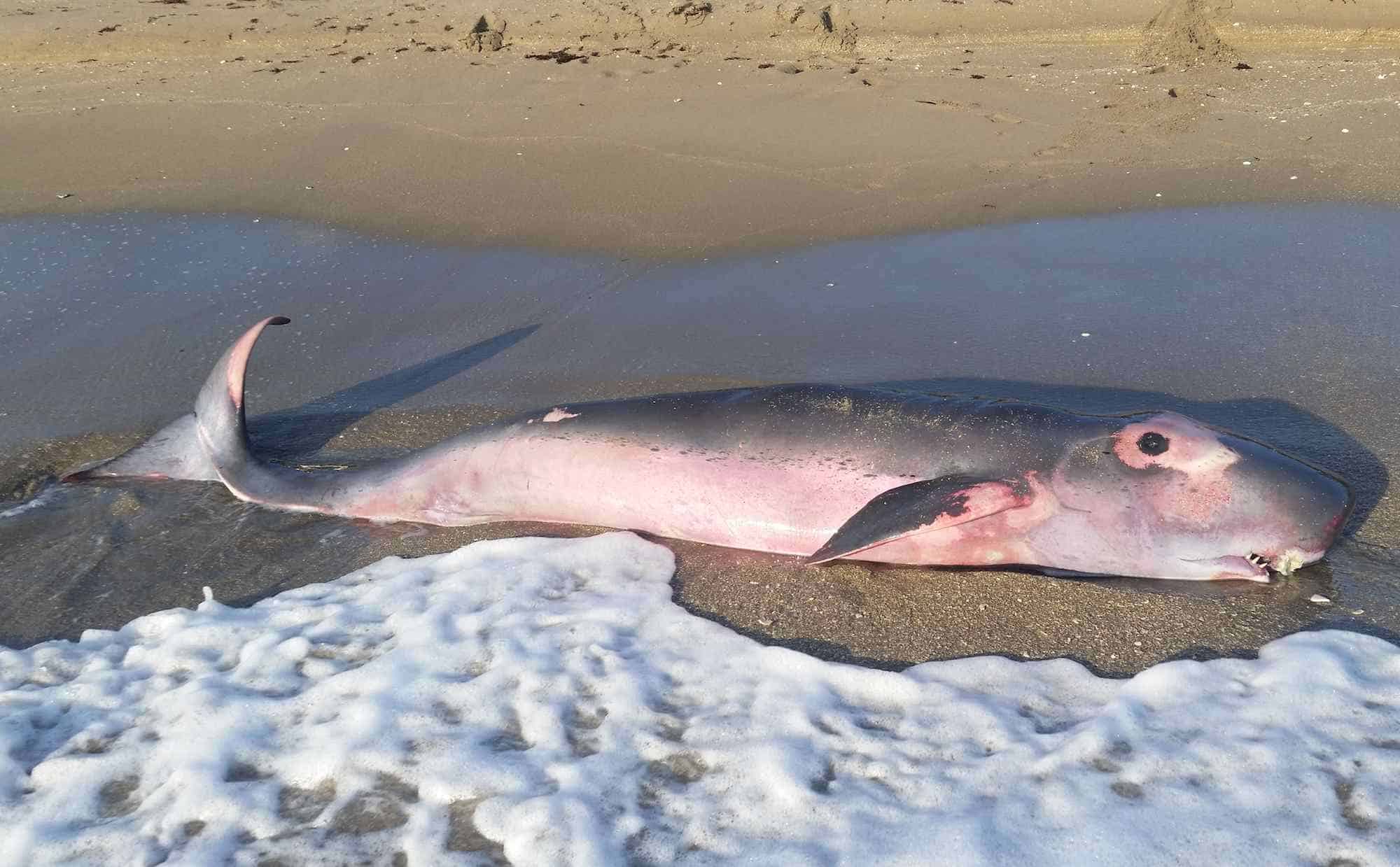
Pygmy Sperm Whales
Because it is considered a miniature version of its other animal counterparts, pygmy sperm whales may seem vulnerable. However, it has a secret weapon in keeping enemies from getting too close. The whale species is able to squirt a deep-colored anal syrup whenever they feel they are under attack.
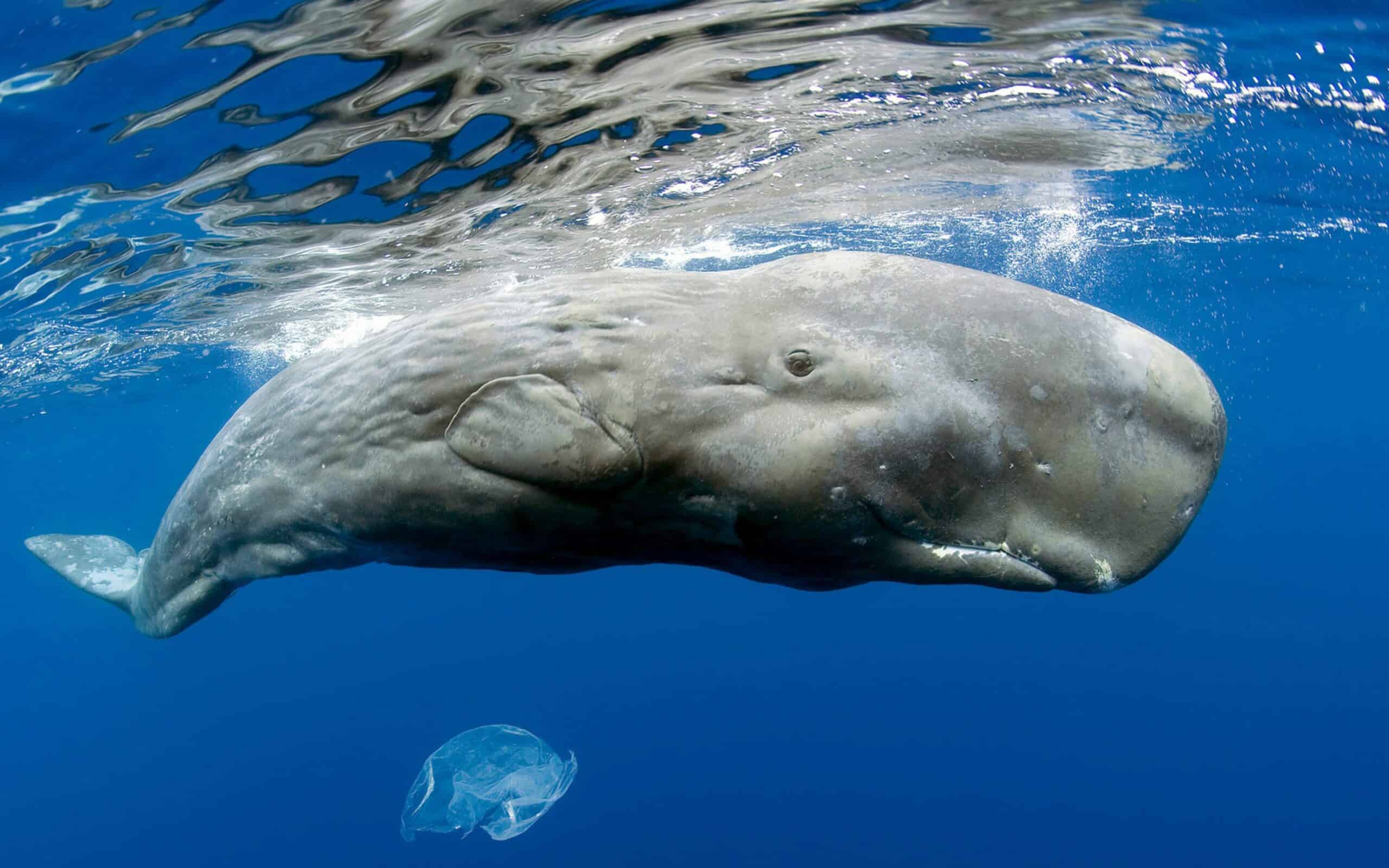
Whenever dolphins or sharks attack them, the whale will secrete the syrup into the water. It will then uses its fins to stir up the water and confuse the predators through a cloud that allows it to escape danger. The whales are also able to keep producing the syrup if the enemy decides to keep pursuing it.

Goblin Shark
Another sea creature can depose a strange defense mechanism as a way to keep enemies at bay. Also known as a living fossil, the goblin shark is a rare species of deep-sea shark. The pink-skinned animal can catapult its jaw forward by two pairs of elastic ligaments along the mandibular joint.
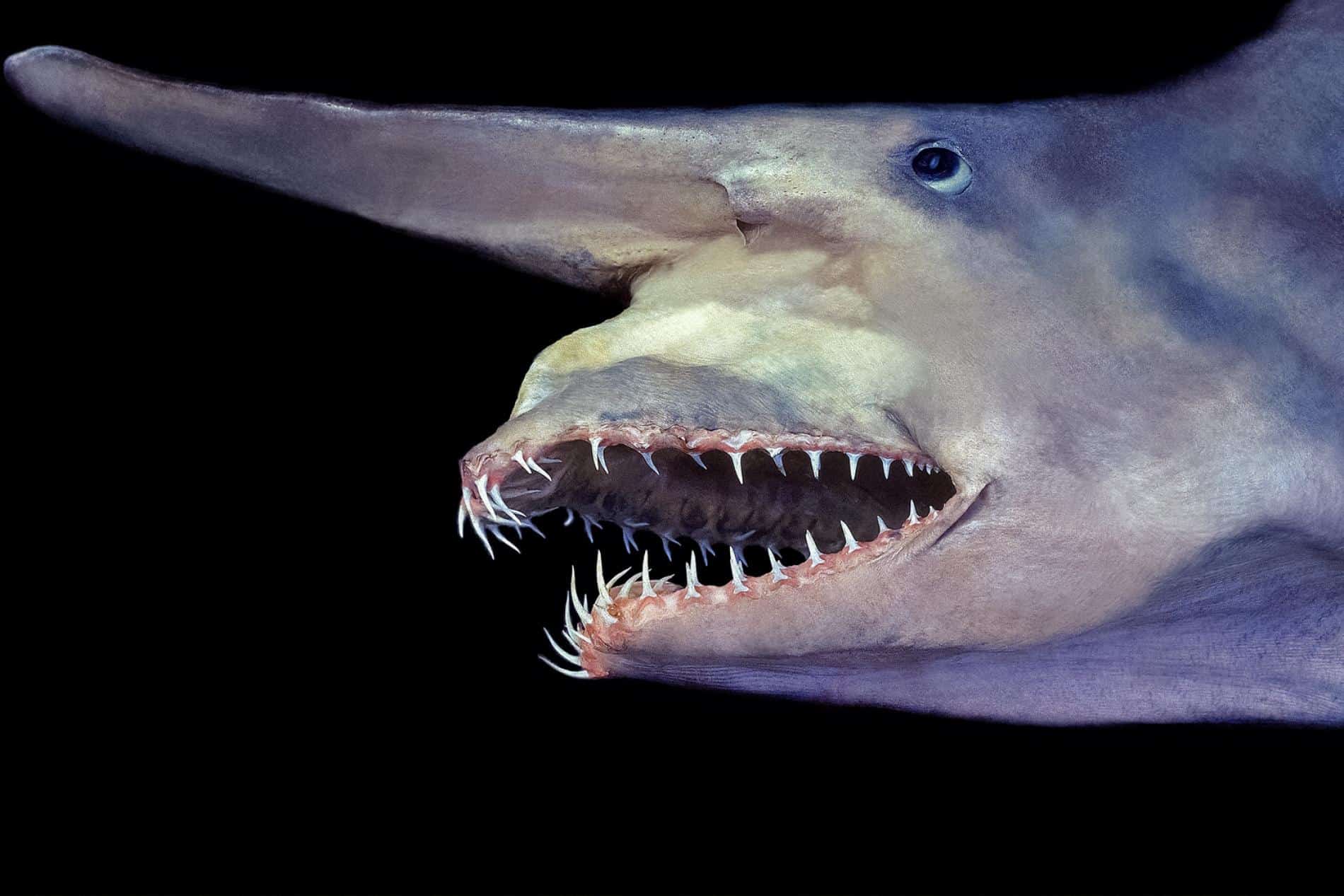
Researchers were able to confirm this spectacular sight through events that were videotaped and recorded for the first time between 2008 and 2011. The video also showed that goblin sharks typically use ram feeding as a way of sustenance.
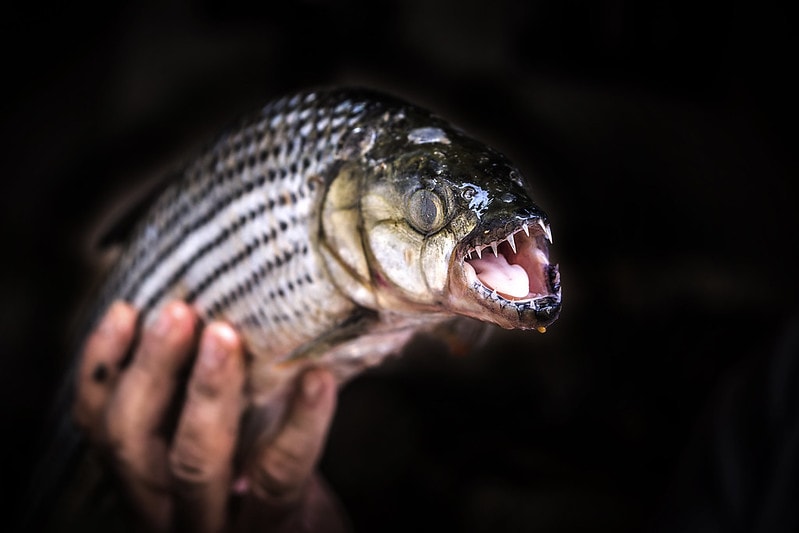
Goliath Tigerfish
As the name suggests, the goliath tigerfish is a sight to see, and not just because of its size. This beast of a fish can be found in the Congo River Basin, and it can grow to be massive. Some have been known to weigh up to 110 pounds, and others have been known to attack humans. It has rows of super sharp teeth with razor-sharp edges.
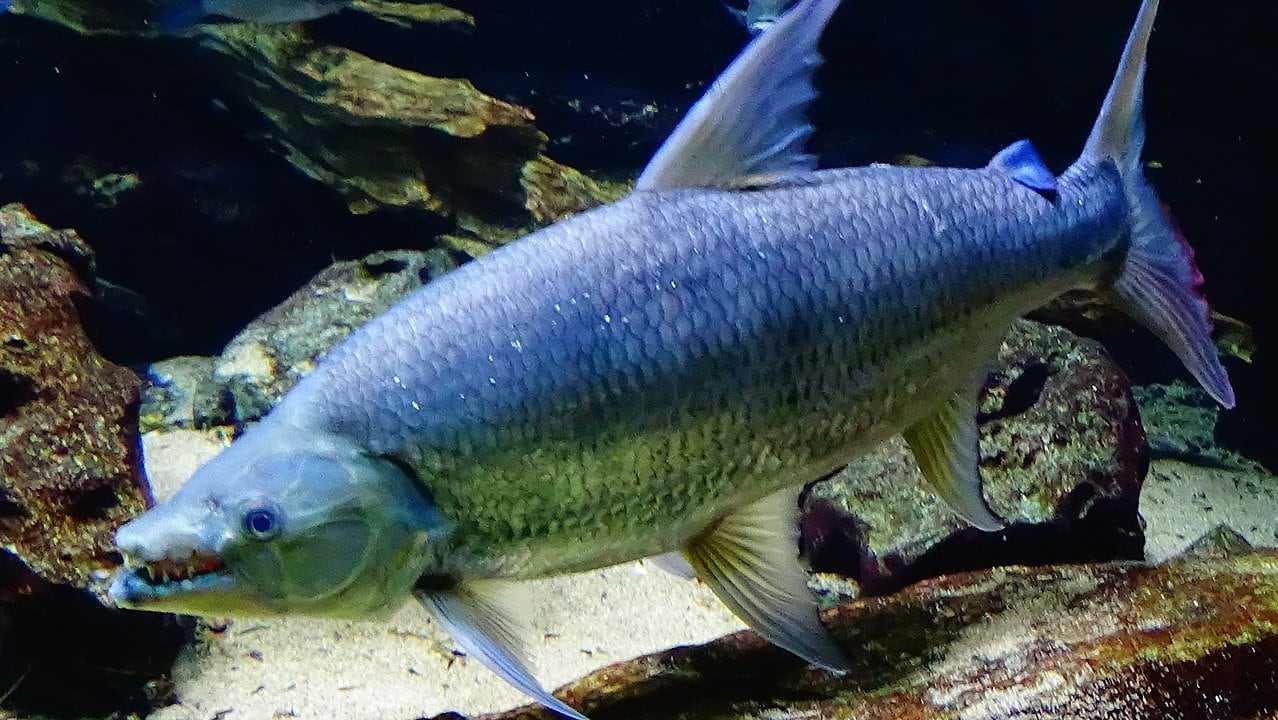
As if its size and teeth were not intimidating enough, the goliath tigerfish can easily capture prey with its mouth. The African-based fish usually hunt in groups, and they can jump and catch birds in mid-air.

Cereal leaf Beetle
When it comes to the smallest of life forms, life is not always easy. The larvae of the cereal leaf beetle have it especially rough, but to make sure it can survive until the next phase of the life cycle, the bugs camouflage themselves in a jelly-like substance.
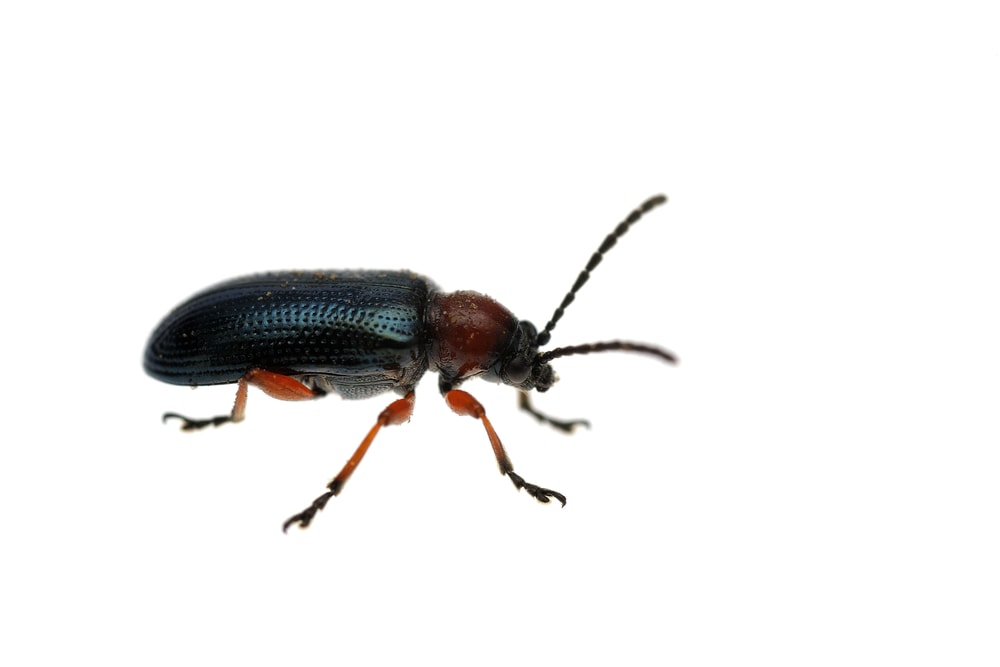
This substance is made of the beetle’s own excrement, and it is placed on the back. Potato beetles also protect themselves by eating nightshade, and after initiating some abdominal contractions, it covers itself in its own toxin-containing feces.
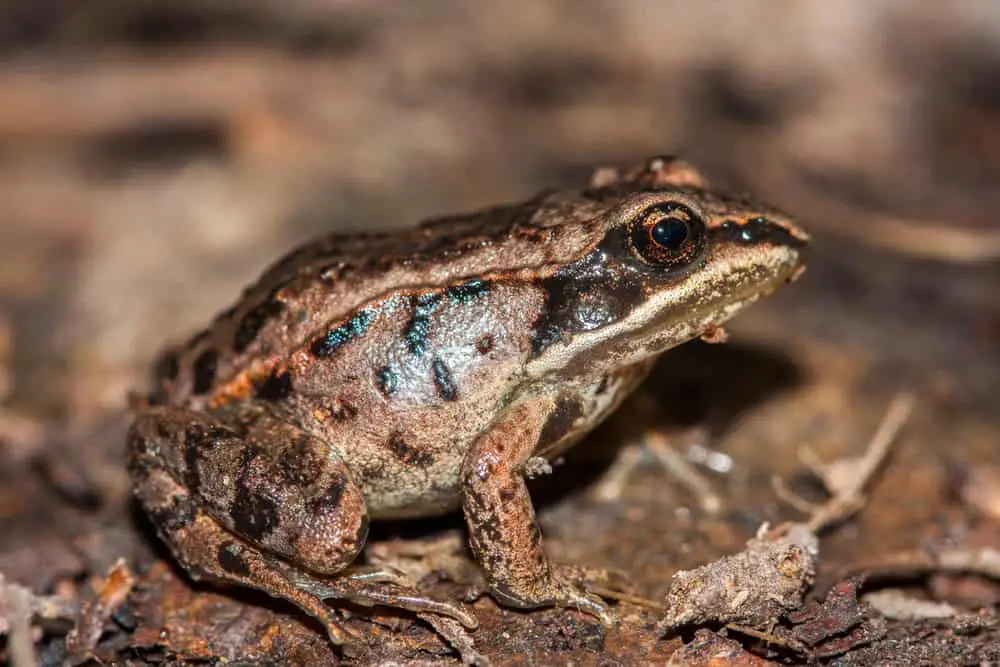
Wood Frog
The wood frog can survive the harsh climates each winter by allowing its body to become completely frozen. The hearts and brains naturally go into some form of stasis with no reported activity. The natural antifreeze process is accomplished by pumping a large amount of glucose into the body tissues.
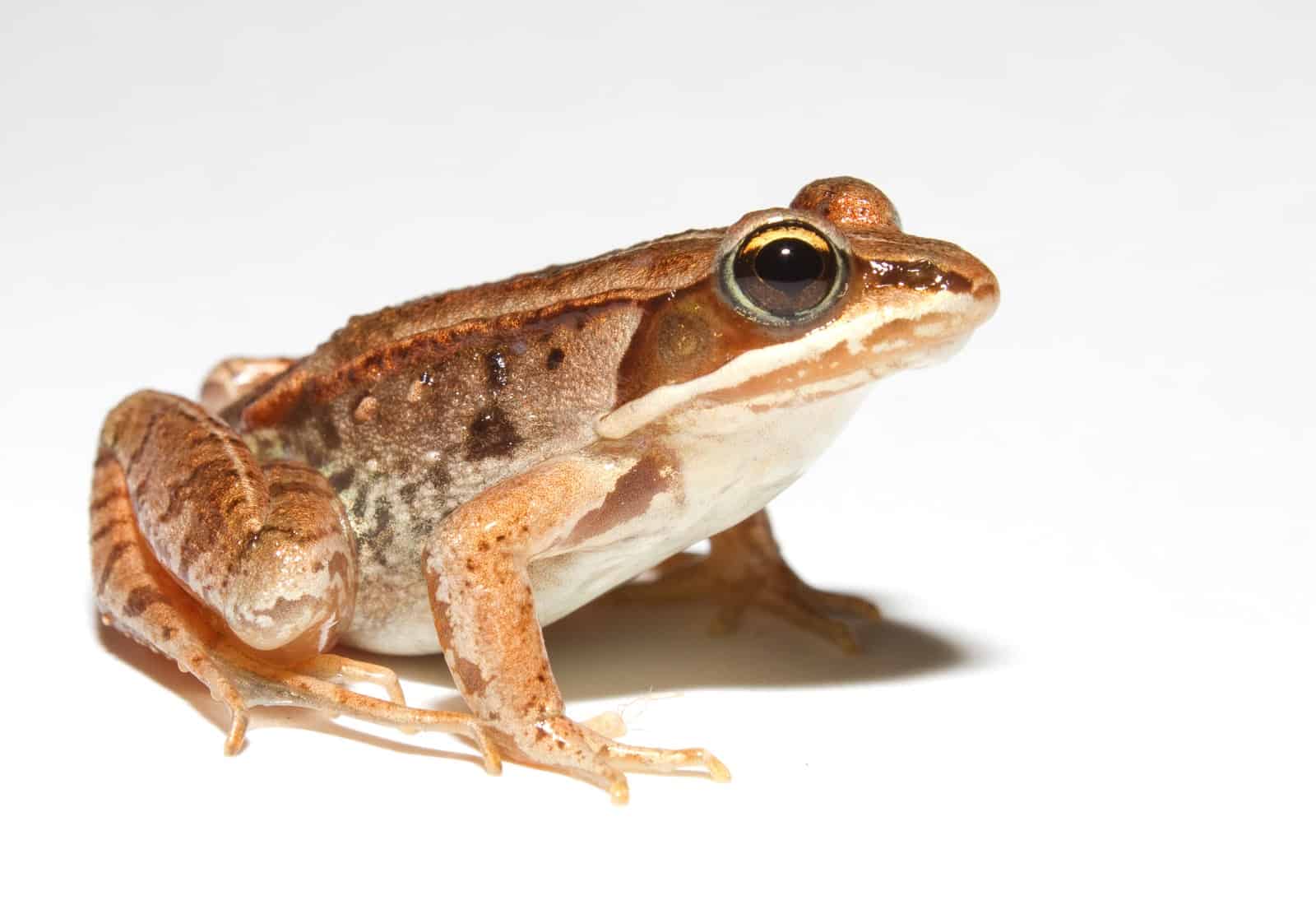
The glucose limits the size of crystals that can form on the frog. The wood frog can be found throughout North America, with the most notable populations found in lowland eastern North Carolina. It is the official state amphibian of New York.
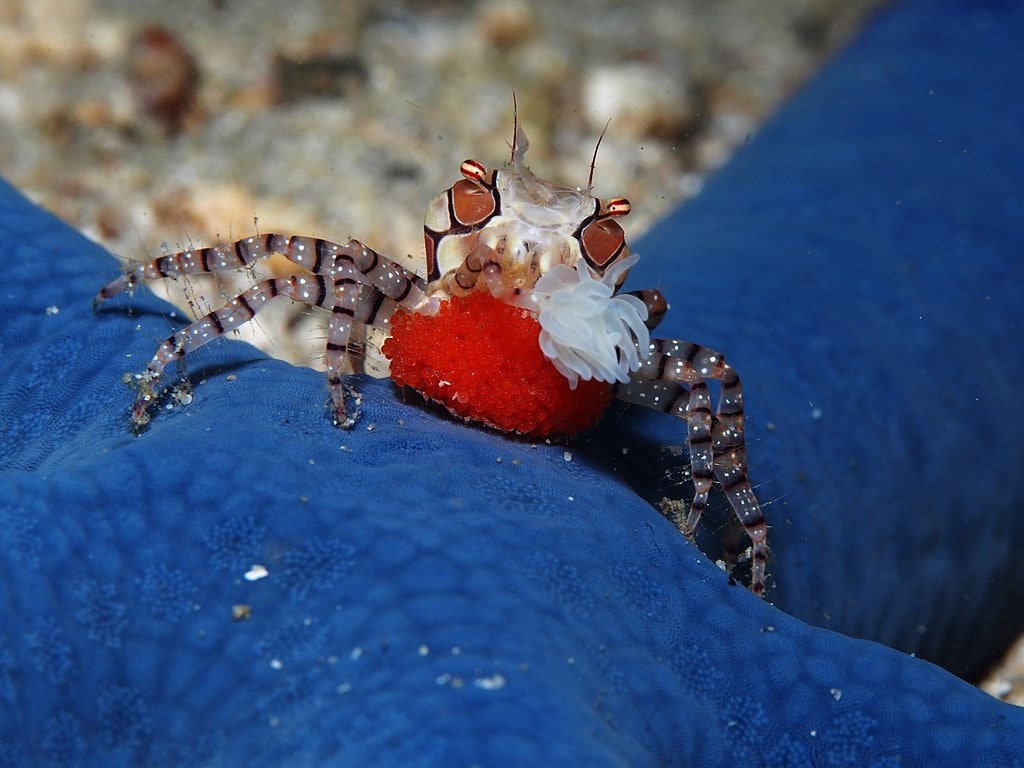
Boxer Crab
The boxer crab earns its moniker whenever it feels like it is being attacked. The sea creature uses sea anemones, sponges, or corals like a pair of boxing gloves to keep enemies from getting too close.

This relationship between boxer crabs and sea anemones is one of the most unusual in all of nature. The anemones get a free ride across the ocean on the crabs’ claws, and in return, they assist the crabs in warning the predators and packing a punch with its stinging cells.
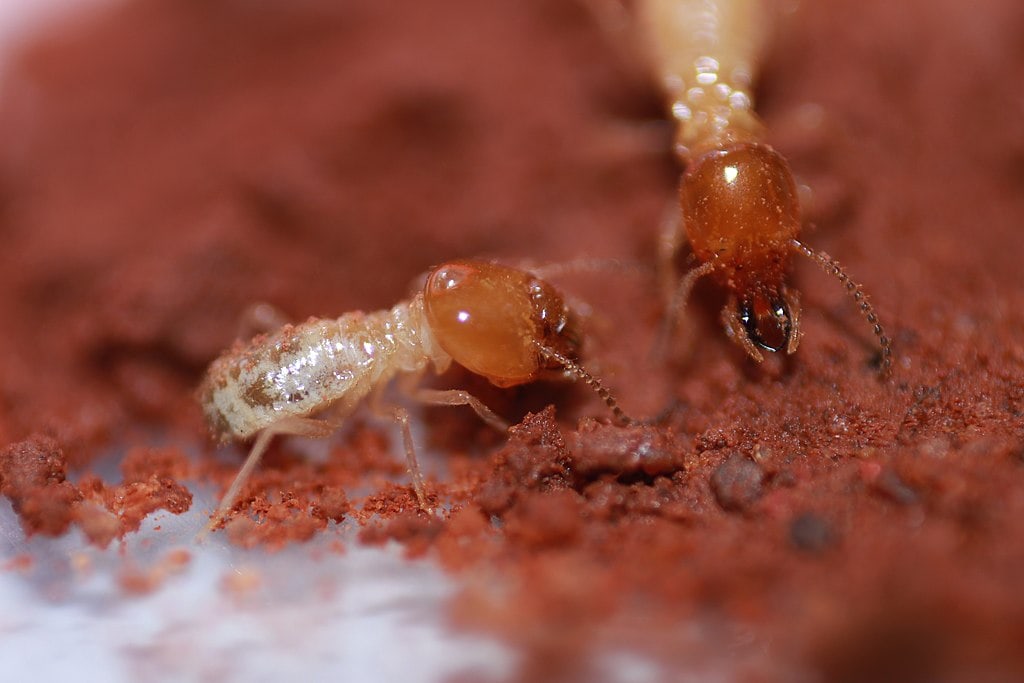
Termites
Termites have several ways to defend themselves against predators, but there is this especially interesting one. A type of termite that is common in French Guiana is called Neocapritermes taracua and spends much of its life waiting for the day that it comes under attack.

When that day comes, the older termites in the colony move to the front lines equipped with what scientists liken to “explosive backpacks.” Throughout its life cycle, the termites produce toxic blue crystals using a couple of glands in the abdomen and then store them in a pouch. Once an enemy attacks, the older – and more potent – soldiers head out to pack a bigger punch in the suicide bomber-like defensive move.
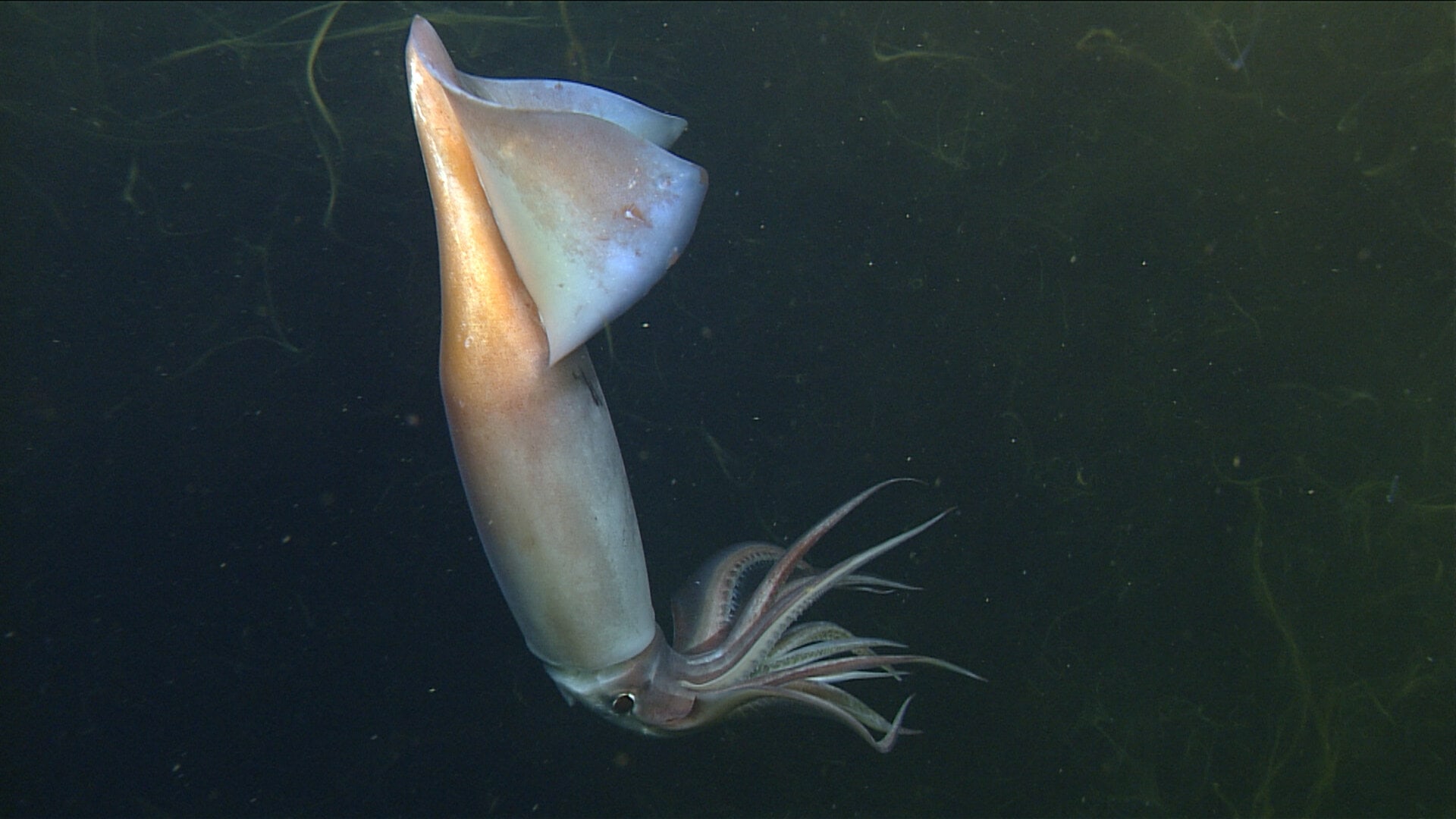
Deep Sea Squids
The deep sea squid Octopoteuthis Deletron is a truly unique and beautiful form of marine life. It has the ability to glow with a chemical that makes it easily noticeable in the deep dark sea, a characteristic that makes it vulnerable to many predators.

When it feels threatened, the squid species do not run; instead, it strikes first. As the fight ensues, the creature will cut its own bioluminescent arms off to get away from the enemy. This move acts as a diversion since the enemy will be left confused by the glowing and twitching limbs. The squid can then regrow its missing body parts and live on for another day.
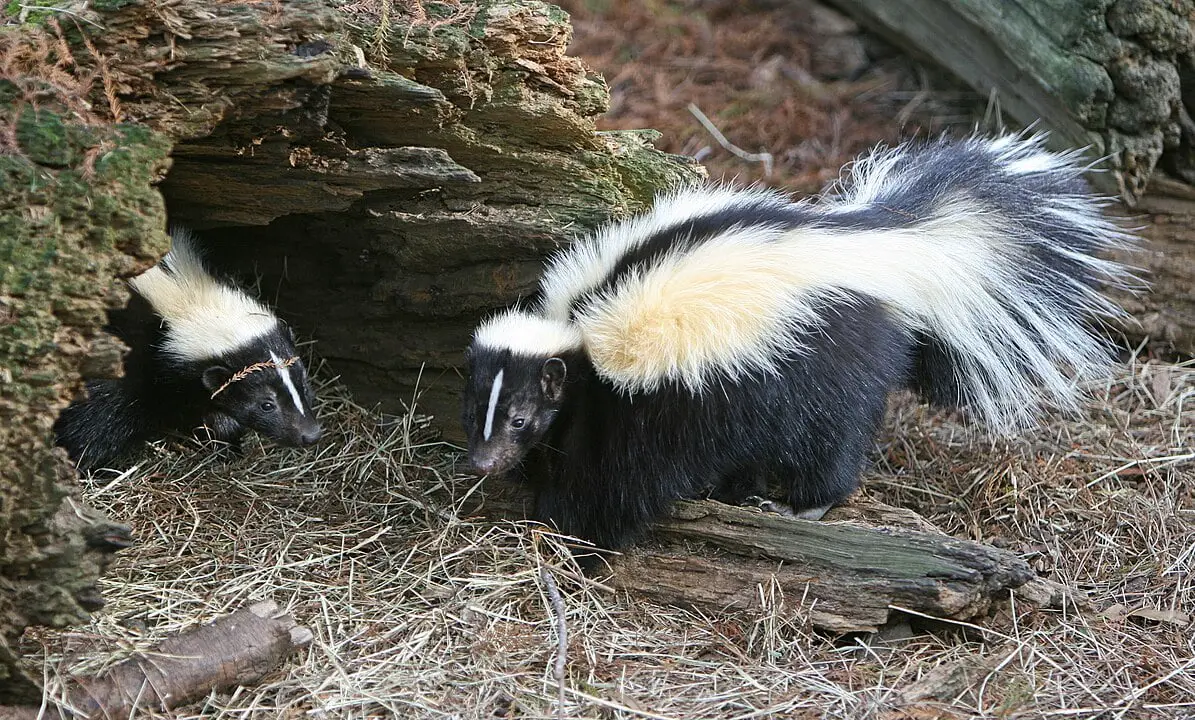
Skunks
Skunks are synonymous with their stink and their smelly way of warding off danger. The creatures have two glands, one on each side of their anuses. These glands are responsible for producing a mixture of a sulfur-containing chemical that gives off a very offensive smell.
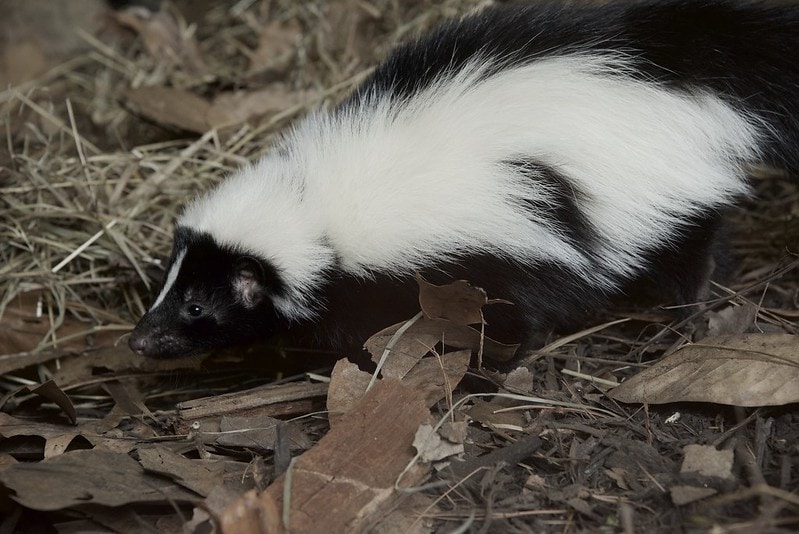
The fluid is so odorous that it can ward off bears and other potential attackers, and once sprayed, humans can smell it for a full mile. Experts say skunks typically try to avoid spraying because they only have so much fluid in reserve, and it can take ten days to produce more.
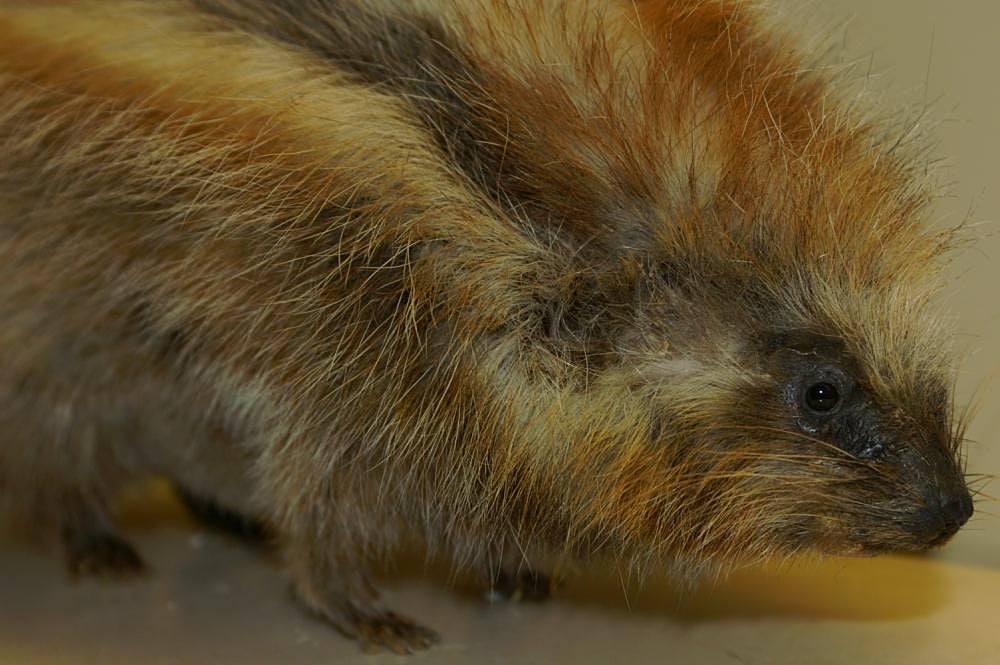
African Crested Rat
The African crested rat is another species that has a couple of tricks up its sleeve to ward off potential predators. When it is threatened, the animal will puff up and resemble the crested porcupine in hopes of confusing the enemy into moving on elsewhere.
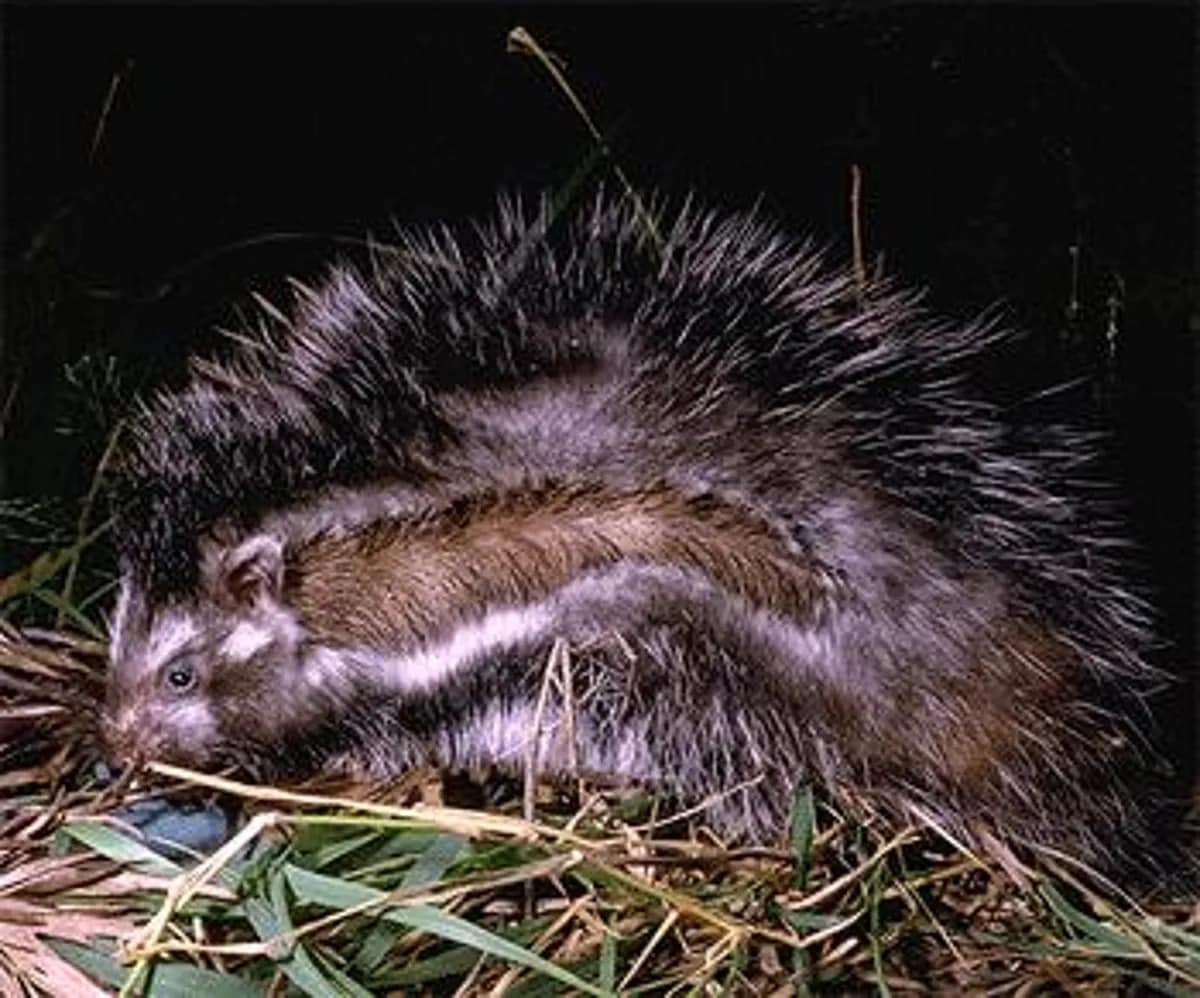
The trick is a warning that should be taken seriously because the next line of defense can be deadly. The rat species chews on the roots and bark of a highly toxic tree, smearing the lethal mixture on its fur. Any animals that try to take a bite from the rat will likely die shortly after that, as the poison from that tree is lethal enough to kill an elephant.
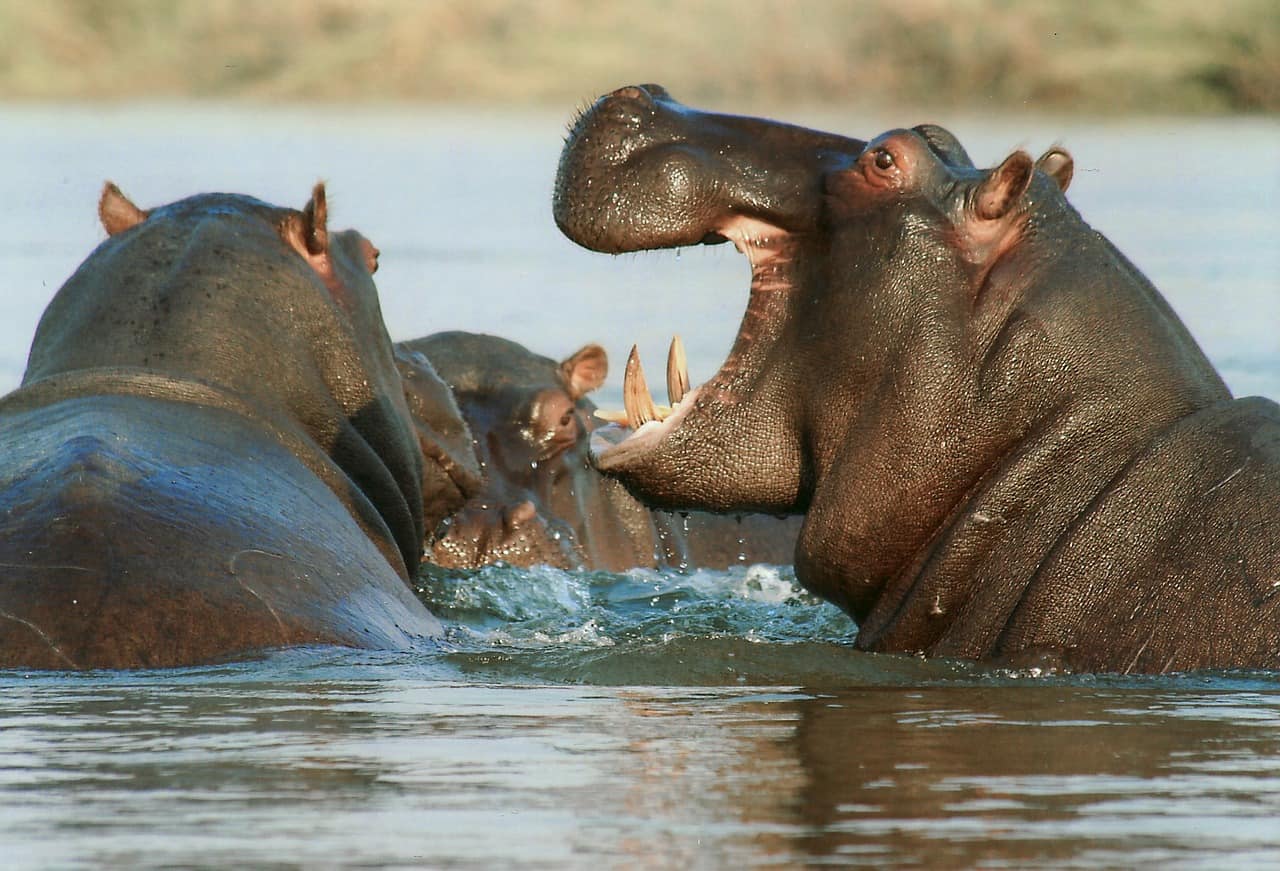
Hippo
A hippopotamus may not have to worry about too many predators because of their massive size, but anything that dares to step on one may think twice when it takes a look at its yawn. Their teeth weigh six and a half pounds and they are able to run at speeds up to 30 miles per hour when provoked.
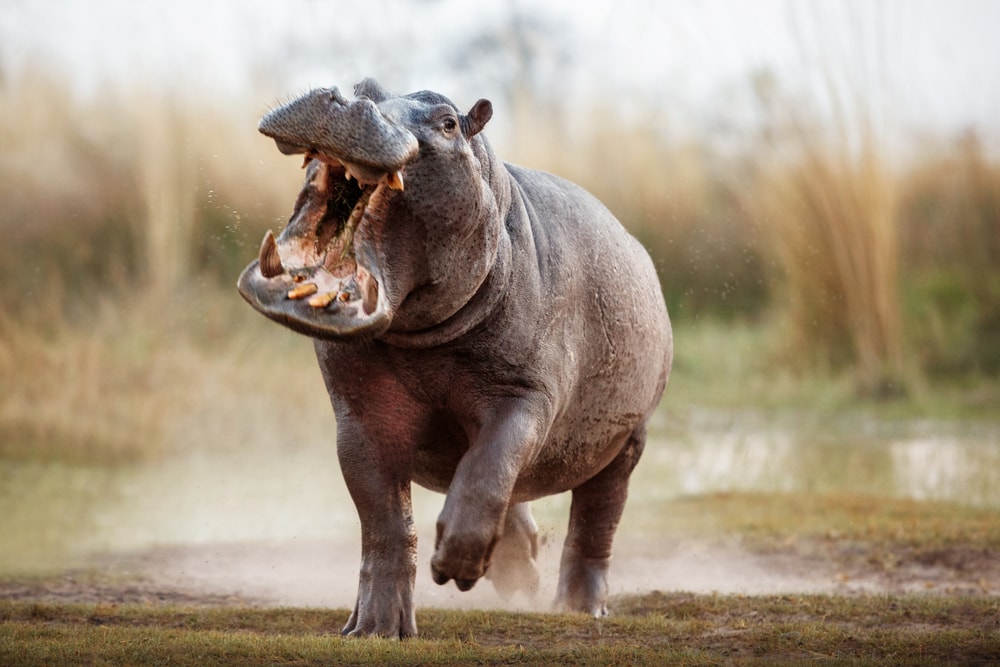
Most hippos only have to crack open their jaws to ward off their enemies. Not many want to tangle after they get a gander of their 150-degree mouth.
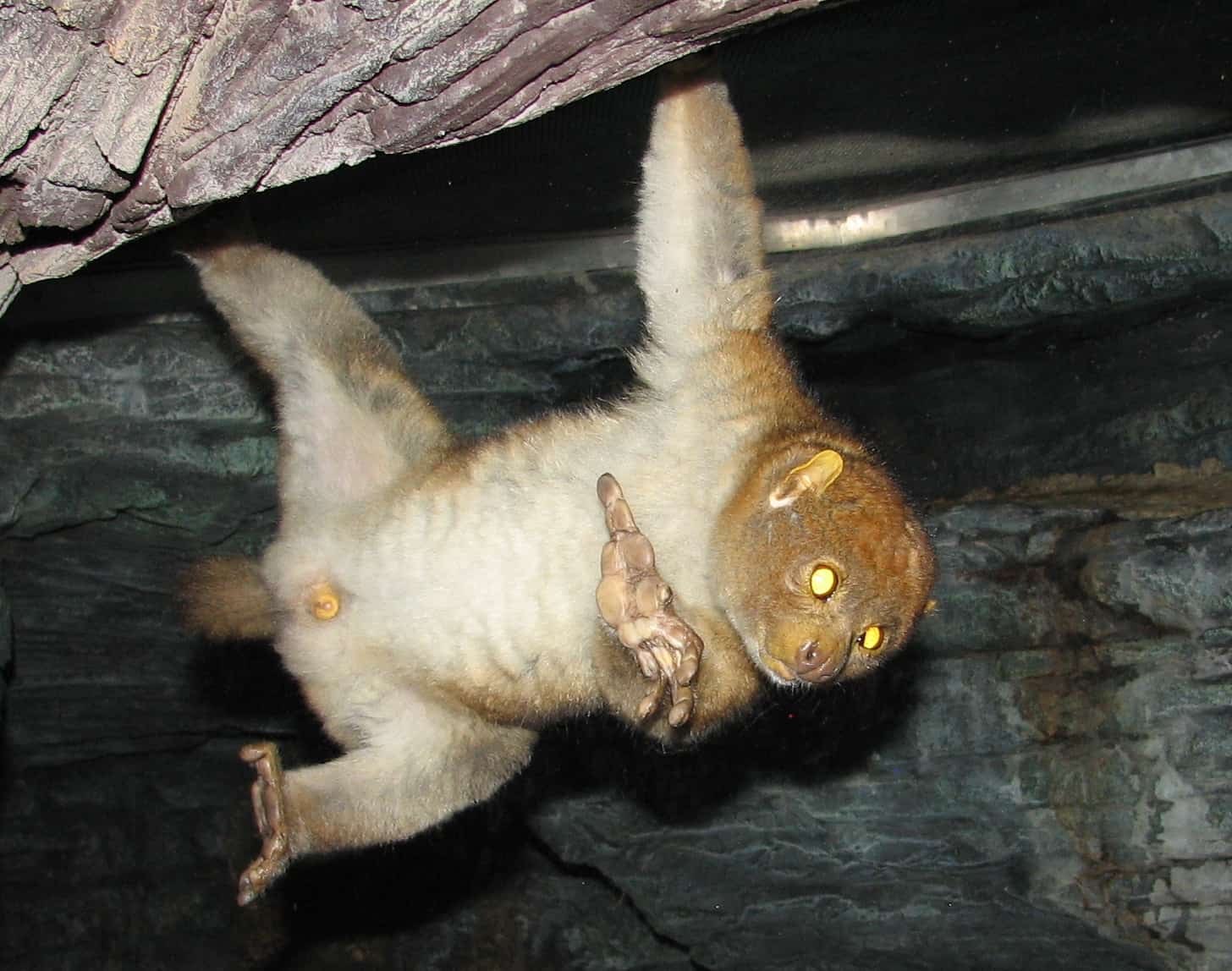
Potto
Pottos resemble something that would be in the small bear family, even though they are primates. The adorable and nocturnal creatures are found in the jungles of Africa, and they feed on tree sap, fruit, and smaller animals. They move rather slowly, so they may be seen as easy prey.
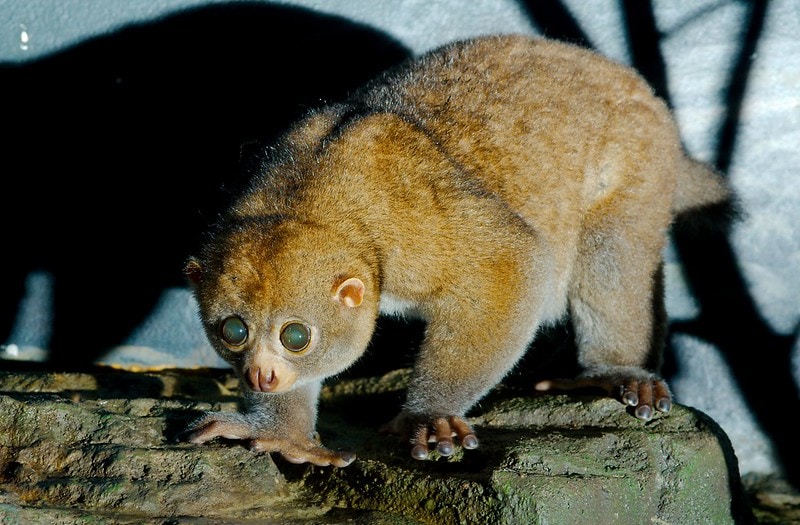
Pottos have an unusual way of defending themselves. They have enlarged spines on their vertebrae, which can protrude from both the neck and the shoulders, and these spines have very pointy tips. The “neck-butting” move is kind of like a shield as it warns its enemies to back off and can also make it harder for the primate to be swallowed.

Pangolins
The pangolin has a body that is almost completely covered in large scales that kind of resemble a large pine cone. They live mostly in Africa and Asia, and they feed primarily on insects. While their outer body acts like armor, pangolins also use their large, powerful claws on their forelimbs as weapons.
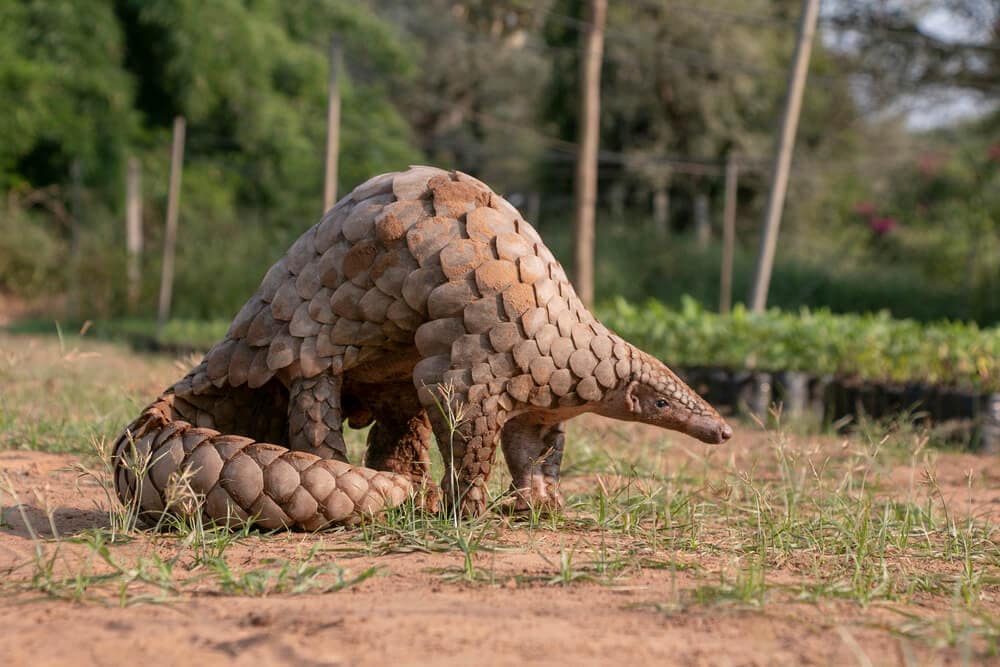
The sharp edges of the scales protect the creatures from most predators, and any others that get too close will likely be hit by their powerful, heavy tail, which can cause serious injury. Another defense mechanism is the ability to curl into a ball and roll quickly down a slope at high speed. If that wasn’t enough, the last defense is the spray of a foul-smelling, gooey substance from the anus. Anything that wants to pick a fight with a pangolin may quickly regret that decision.
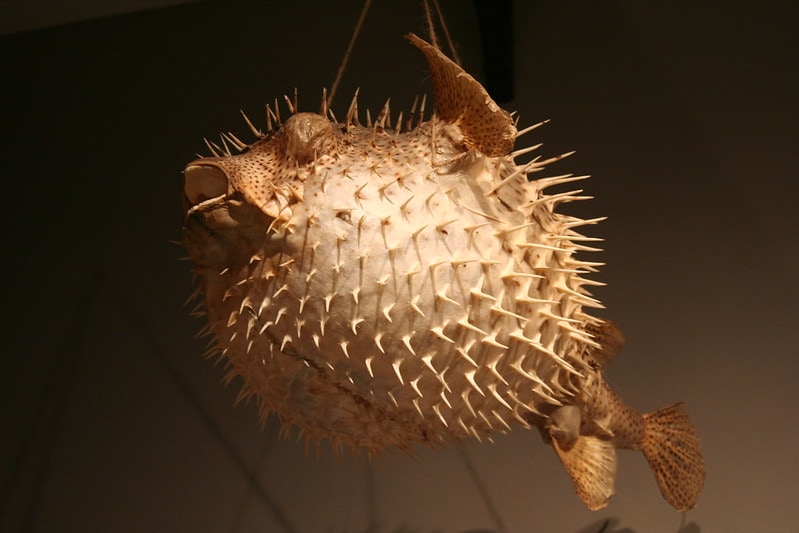
Blowfish
Blowfish are known as the porcupines of the sea, meaning the same defense mechanism employed by the land creatures is used in the ocean. The blowfish inflates its entire body to look like its more prominent than it actually is. Once it feels like it is under attack, it blows up in hopes of frightening its predators.
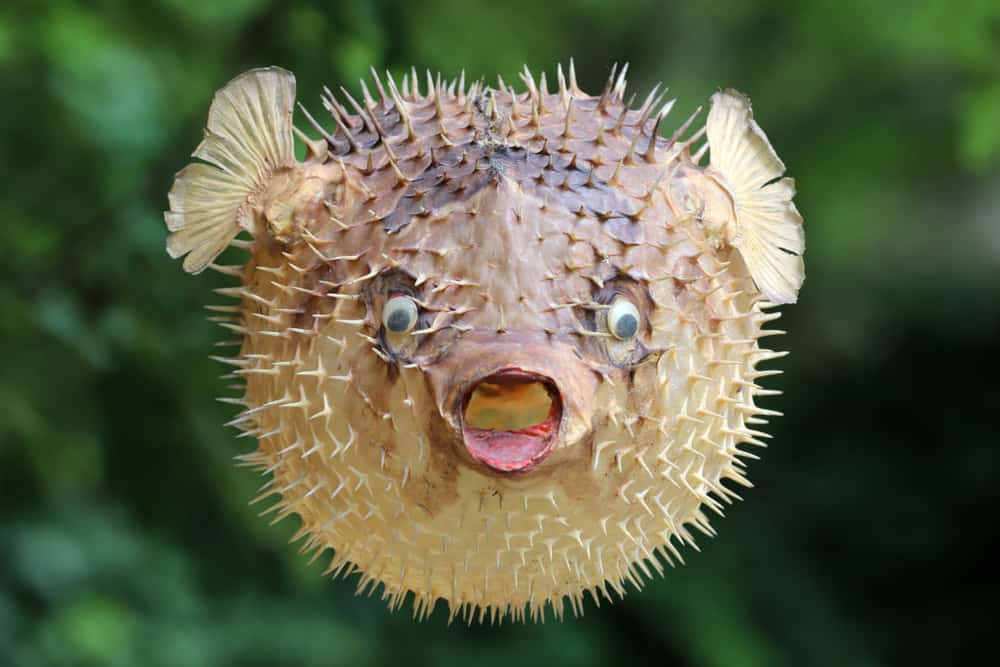
Inflation is accomplished by expanding the elastic stomach. The blowfish swallows a large amount of water in just a few seconds. Some species have even evolved to include spines as a way to look more intimidating to enemies. Another defense mechanism is emitting a substance called tetrodotoxin, which is lethal to several kinds of fish and even humans.
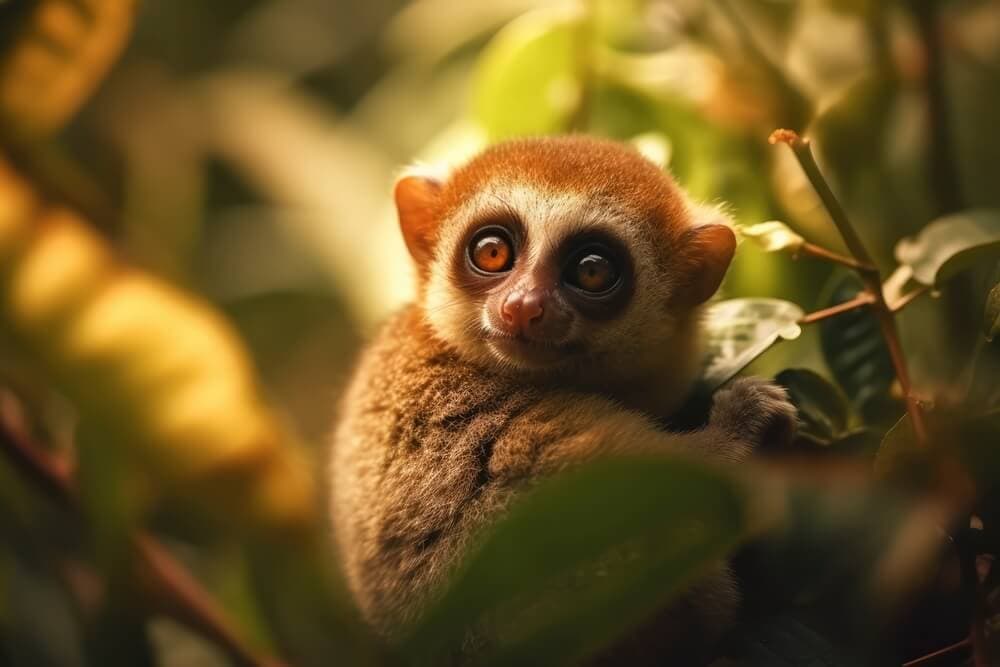
Slow Loris
The slow loris is a species of nocturnal primates that eat mostly fruits and insects. As their name suggests, they do not move very quickly, which makes them susceptible to predators. But any enemy that dares is in for a not-so-tasty surprise. It is one of the few venomous mammals on earth and the only venomous primate.

The slow loris has poisonous glands on its arms that it rubs on its fur as a way to defend itself with a special coating. When it is attacked, the creature will raise its arms over its head and assume a posture. The secretion mixes with the saliva to pack a bite so powerful it could kill a human being.
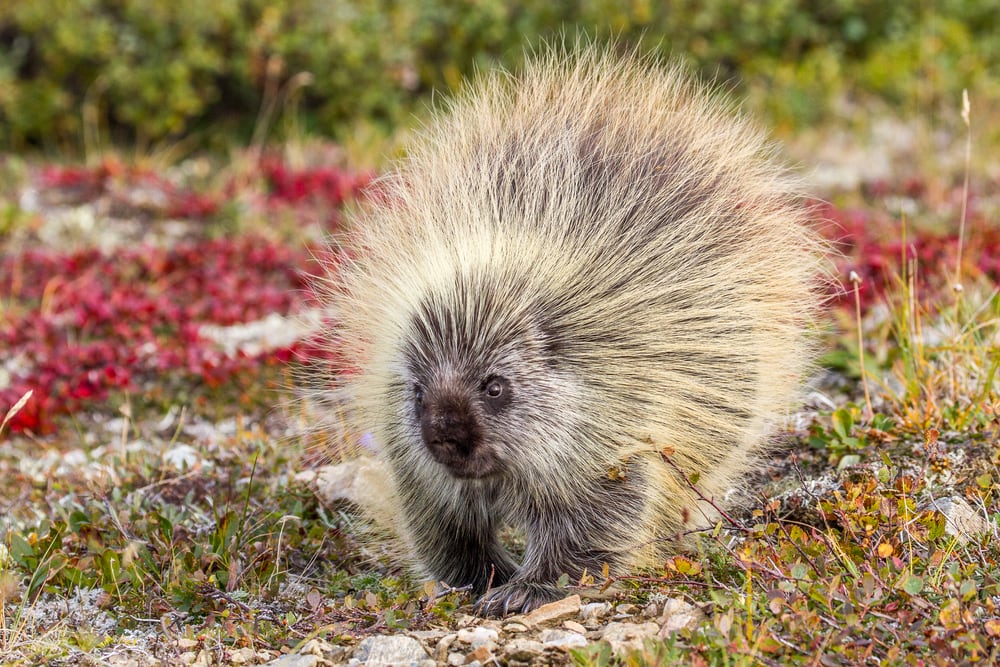
Porcupine
It is no wonder why the porcupine can carry its best defense mechanism literally on its back. However, one thing that is not well known is a secret weapon in case the prickly creature does not easily deter the predator.
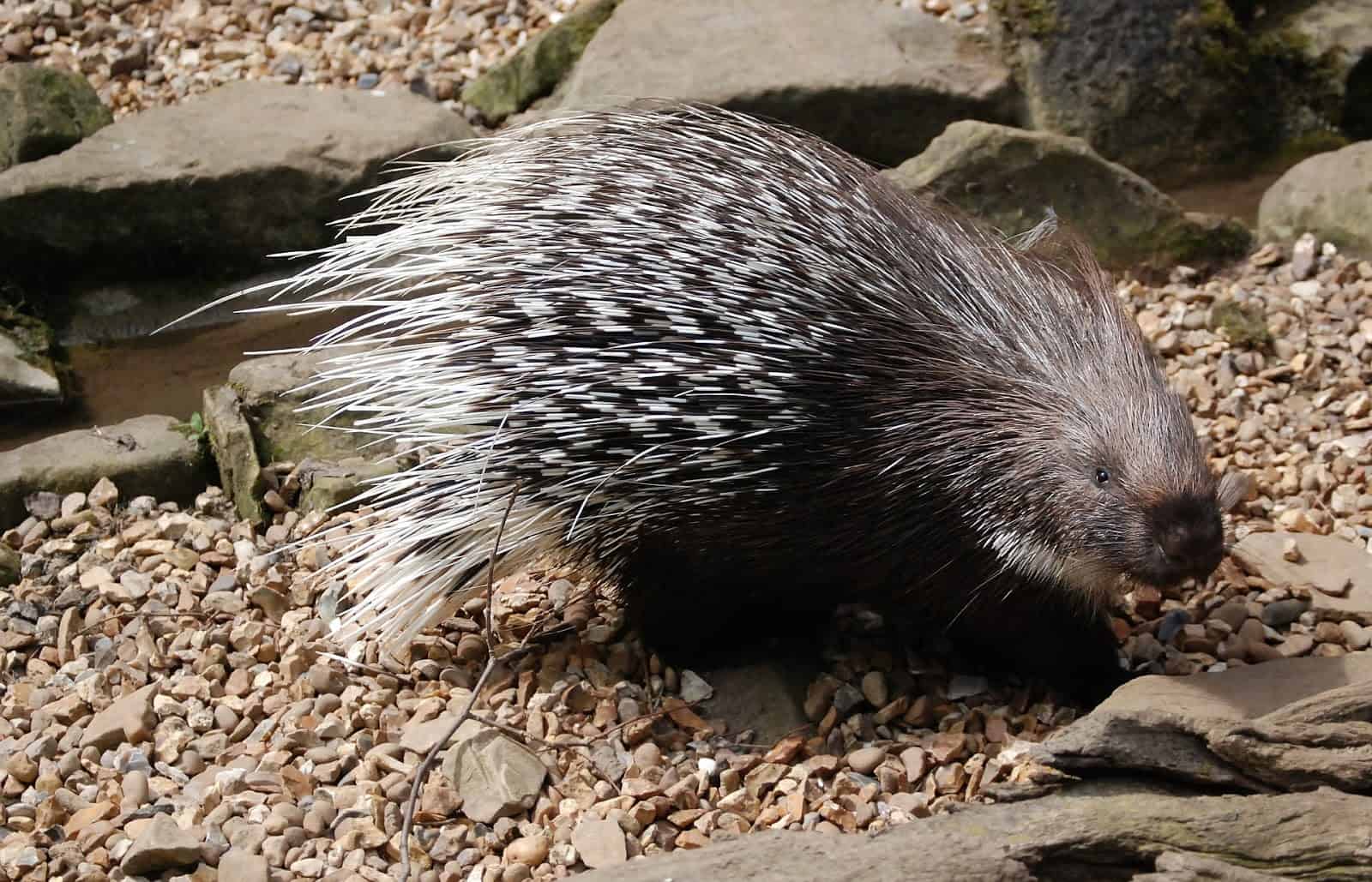
If the pursuit continues, the porcupine will suddenly stop and let the enemy run headlong into them, causing a preemptive and potentially fatal blow. The predator will not even know what hit it until it is too late.
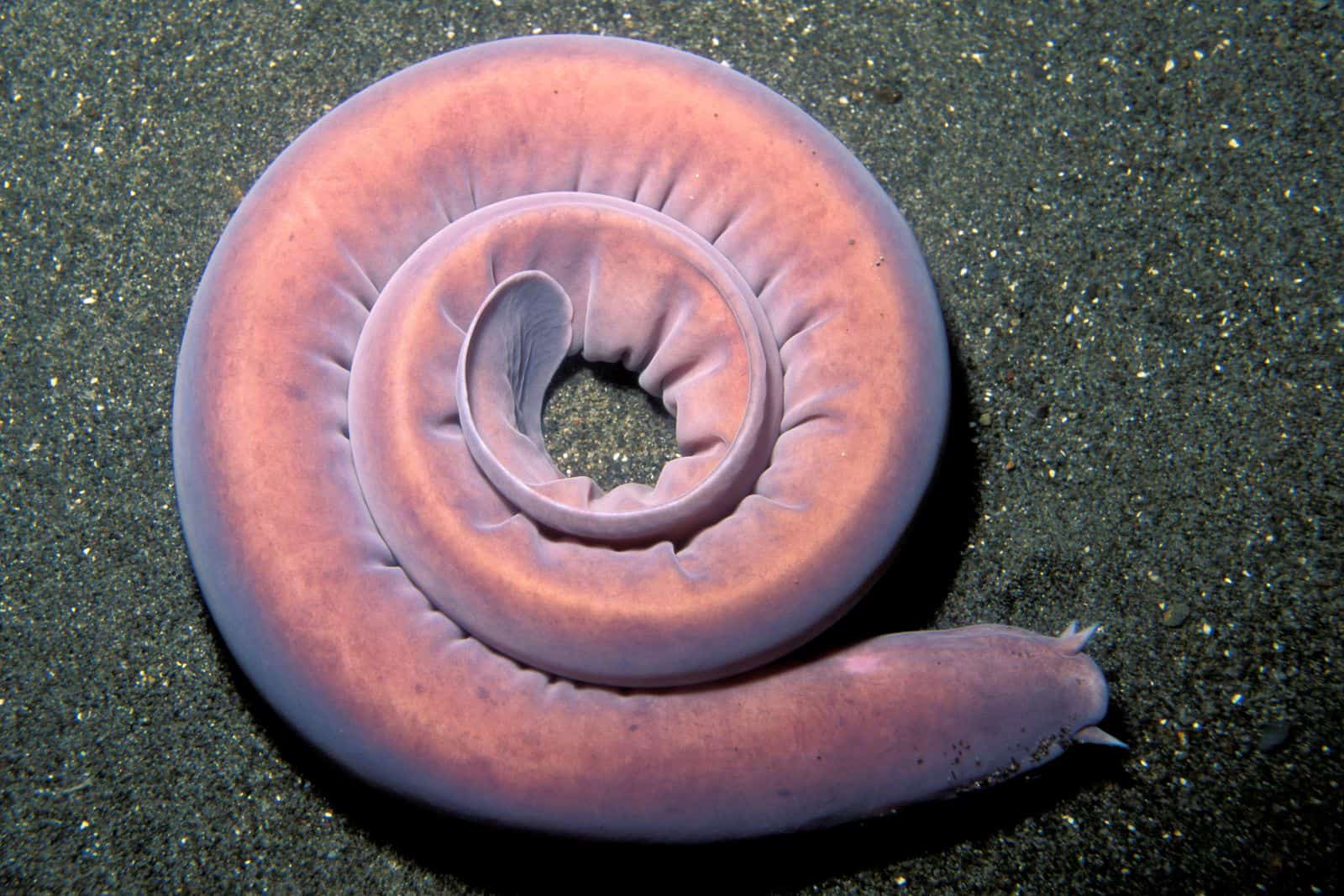
Hagfish
The hagfish is an eel-shaped marine life that is one of the only known living animals to have a skull but no vertebral column, even though it does have rudimentary vertebrae. Scientists have often argued about how to classify this unique creature.
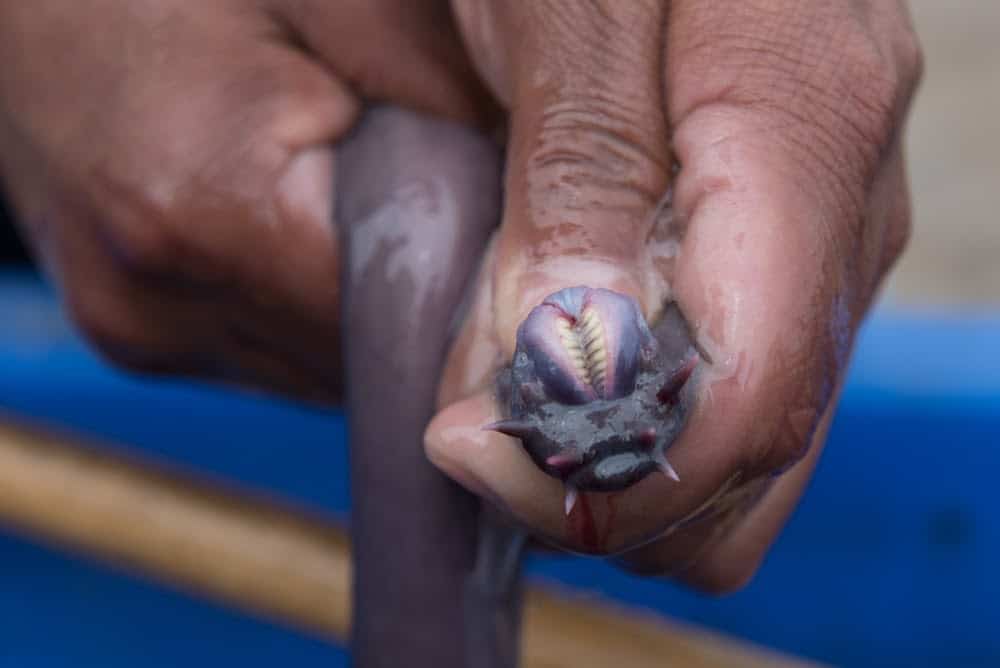
The hagfish implores a pretty brutal attack whenever it feels like it is being threatened. The sea creature expels a slimy substance that can clog up the gills of its attackers. The material mixes with water and then expands, causing the enemy fish to choke and then release the hagfish to avoid suffocation. Because of this, fish try to mess with the hagfish.
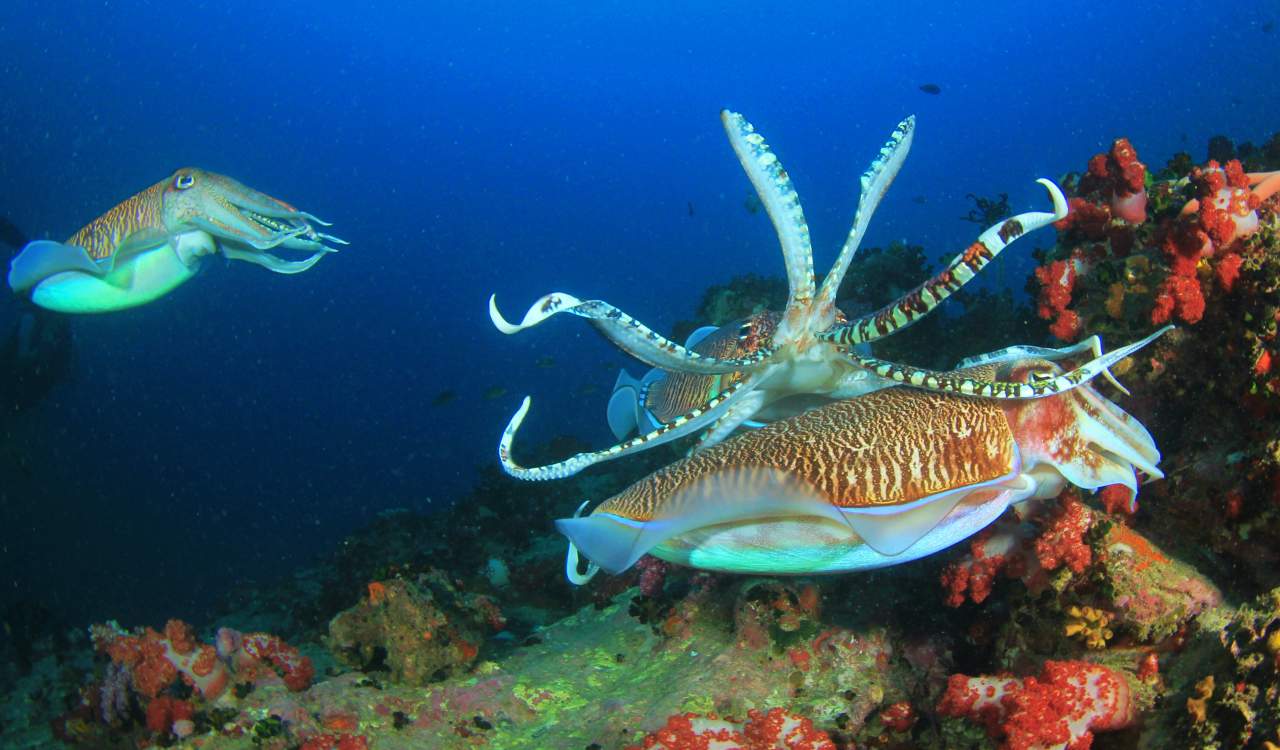
Cuttlefish
Cuttlefish are kind of like the chameleons of the sea, with an impressive set of camouflaging skills. The cuttles are marine mollusks and masters of disguise with the ability to change their skin color to blend almost seamlessly in just about any environment. This is particularly useful in capturing prey or keeping danger away.
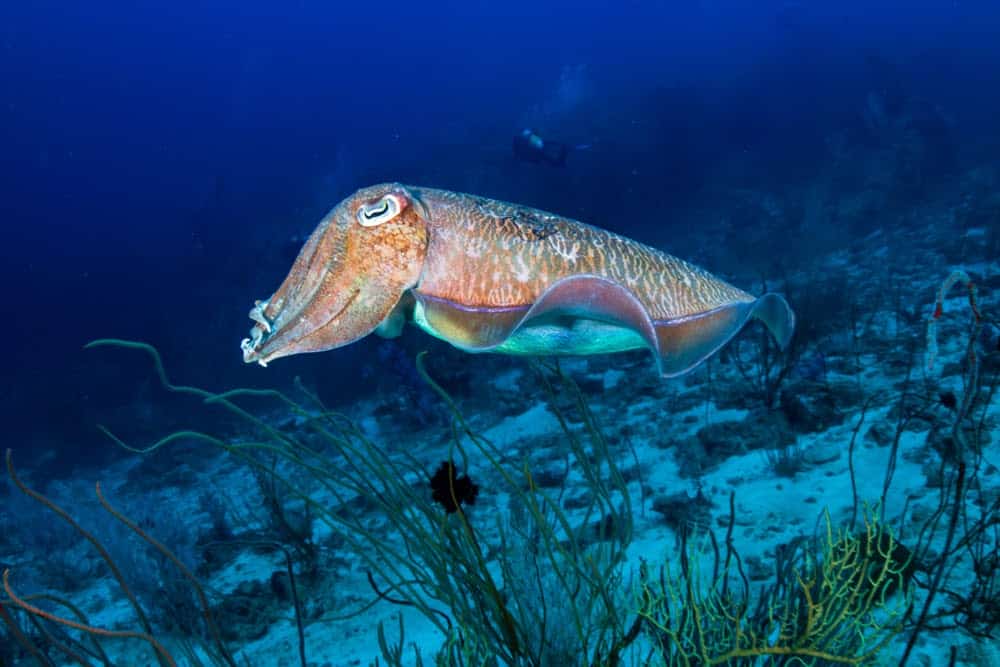
If a predator is able to spot the cuttlefish, the sea creatures have a backup plan. Like other marine mollusks, it uses ink stores as a smoke screen to distract and evade an enemy when attacked.
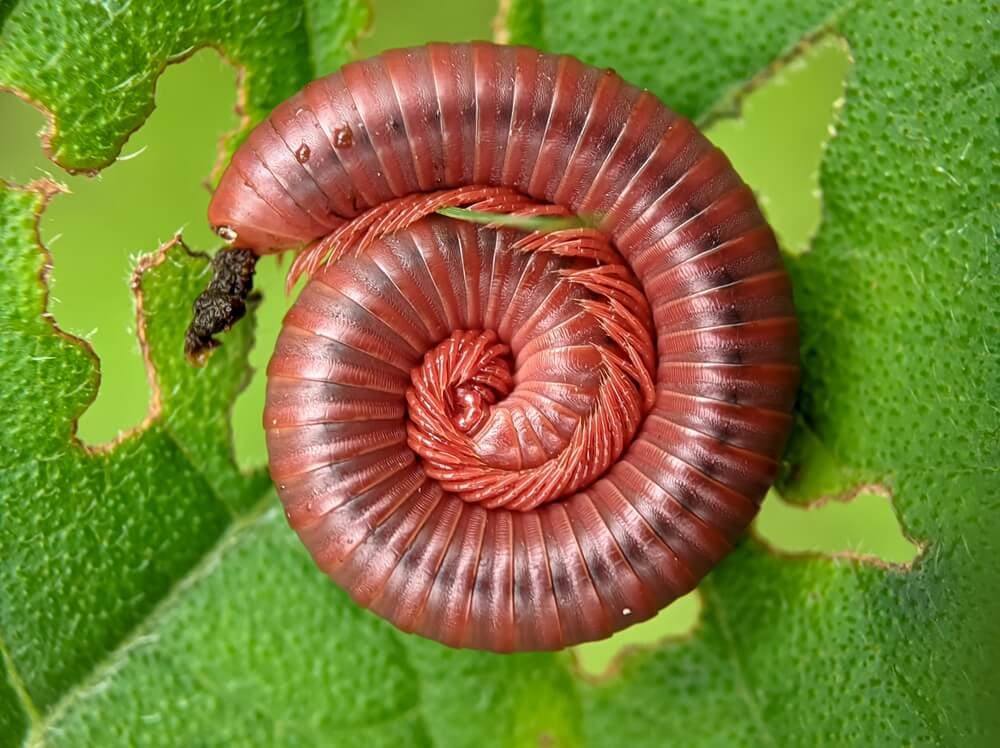
Millipedes
Millipedes are a group of arthropods with their defining characteristics being two pairs of jointed legs on most of their body segments. Each segment has two single parts fused. Whenever it is stretched out, the millipede has a very elongated and cylindrical body.
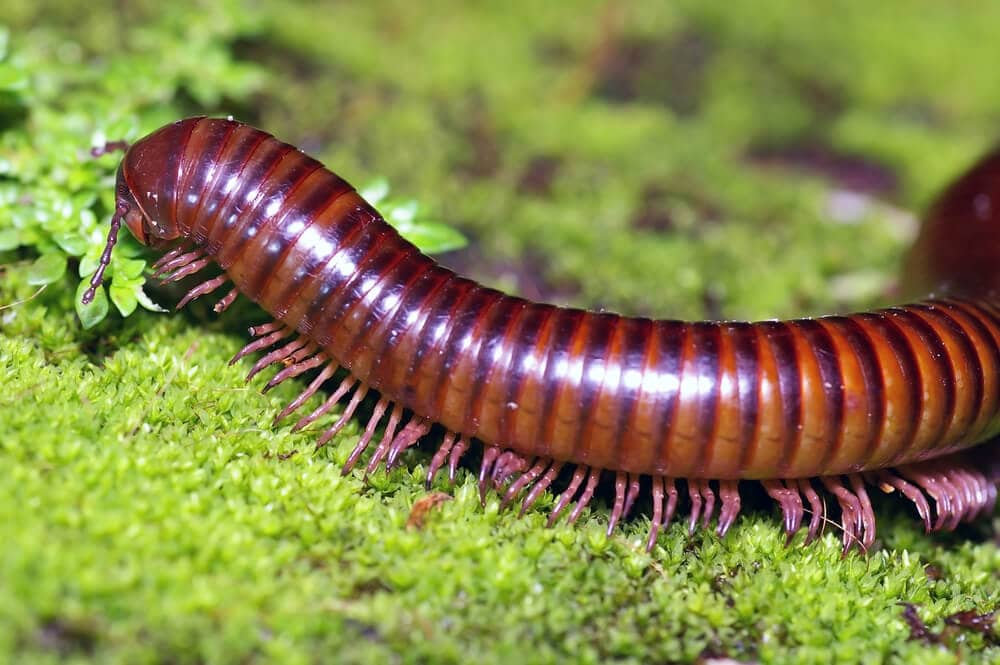
Because they cannot move very fast and are not able to sting, the millipedes tend to curl into a tight coil whenever they feel threatened. The hard exoskeleton acts like armor to protect the delicate legs and the creature’s underbelly. They can also ooze toxic cyanide and foul-tasting chemical from the small pores on the sides of their bodies.

Stick Insects
The stick insect is just like its name implies, and its clever camouflage can disguise itself from various predators. The bodies are shaped and colored, just like the twigs in the background, and the insects can straighten the limbs and antennae out to further hide in the surroundings.
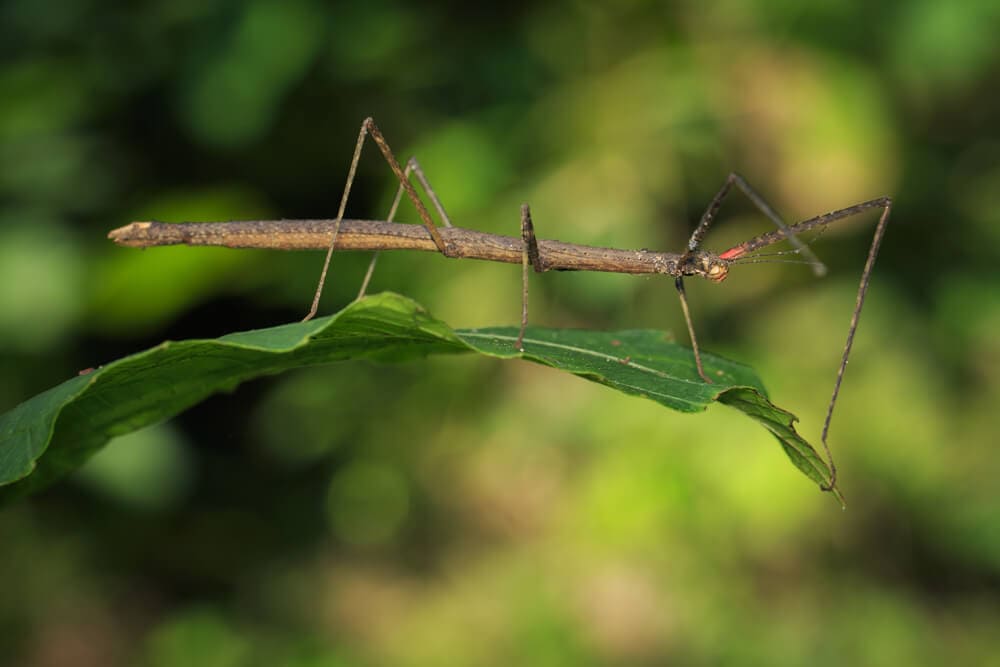
If an enemy is able to see through the leaves and mossy environments, the insects have a second line of defense. Some stick insects can spray a strong odor at their attackers. The secretion also causes mouth and eye irritation, allowing for enough time for a quick getaway.
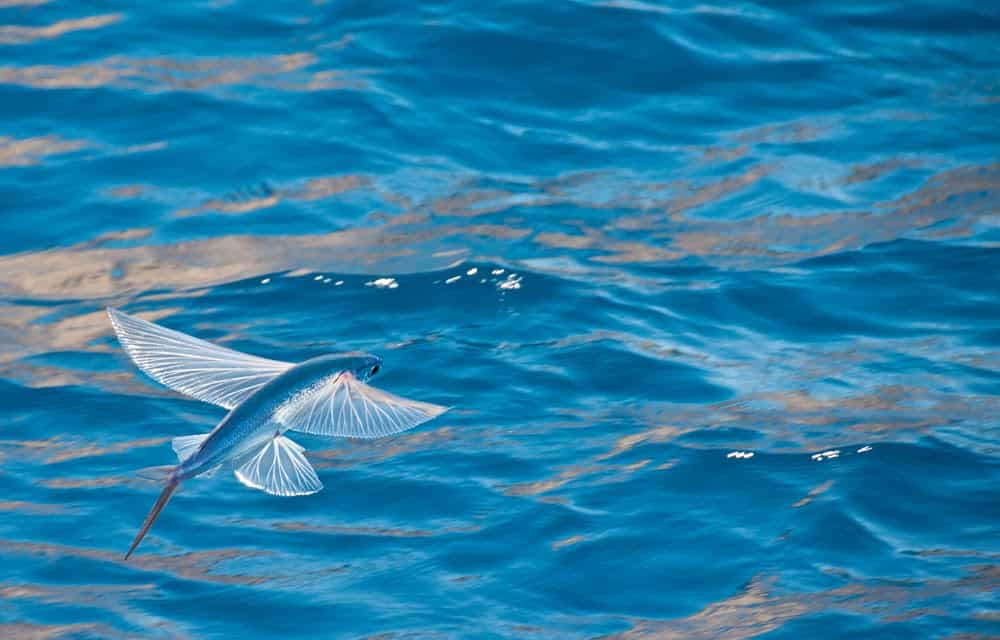
Flying Fish
Known as Exocoetidae, this fish family received the moniker flying fish for their extraordinary ability to glide for long distances at a time. This feat is accomplished when the fish swims at speeds up to 37 miles per hour, and then it breaks through the water surface.
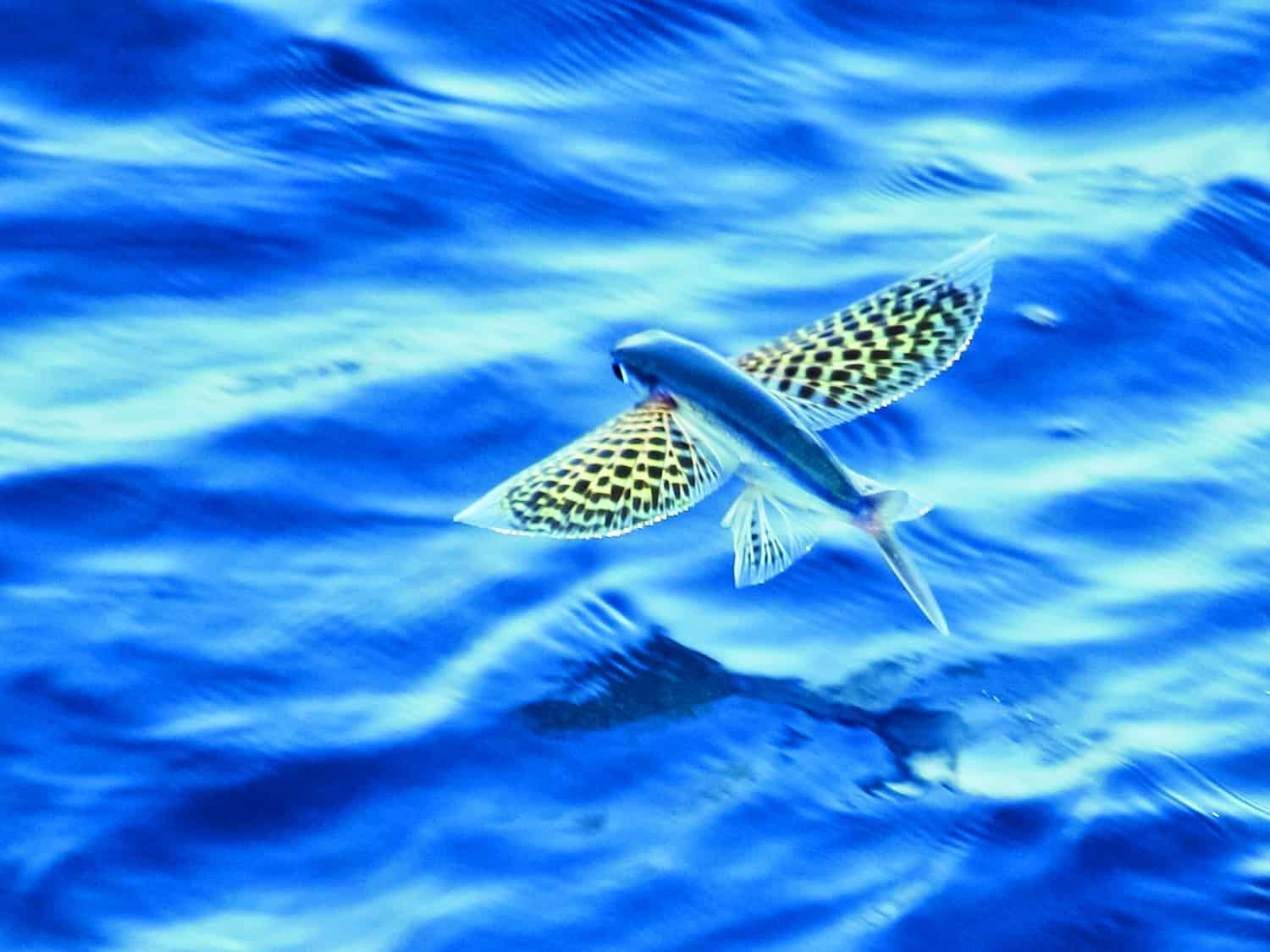
Once it clears the water, the fish “flies” for up to 655 feet. The airborne effect is attained when the fish spreads its pectoral and pelvic fins and tilt them upwards like the wings of a plane. This defense mechanism allows the fish to escape from predators such as sharks and seabirds.
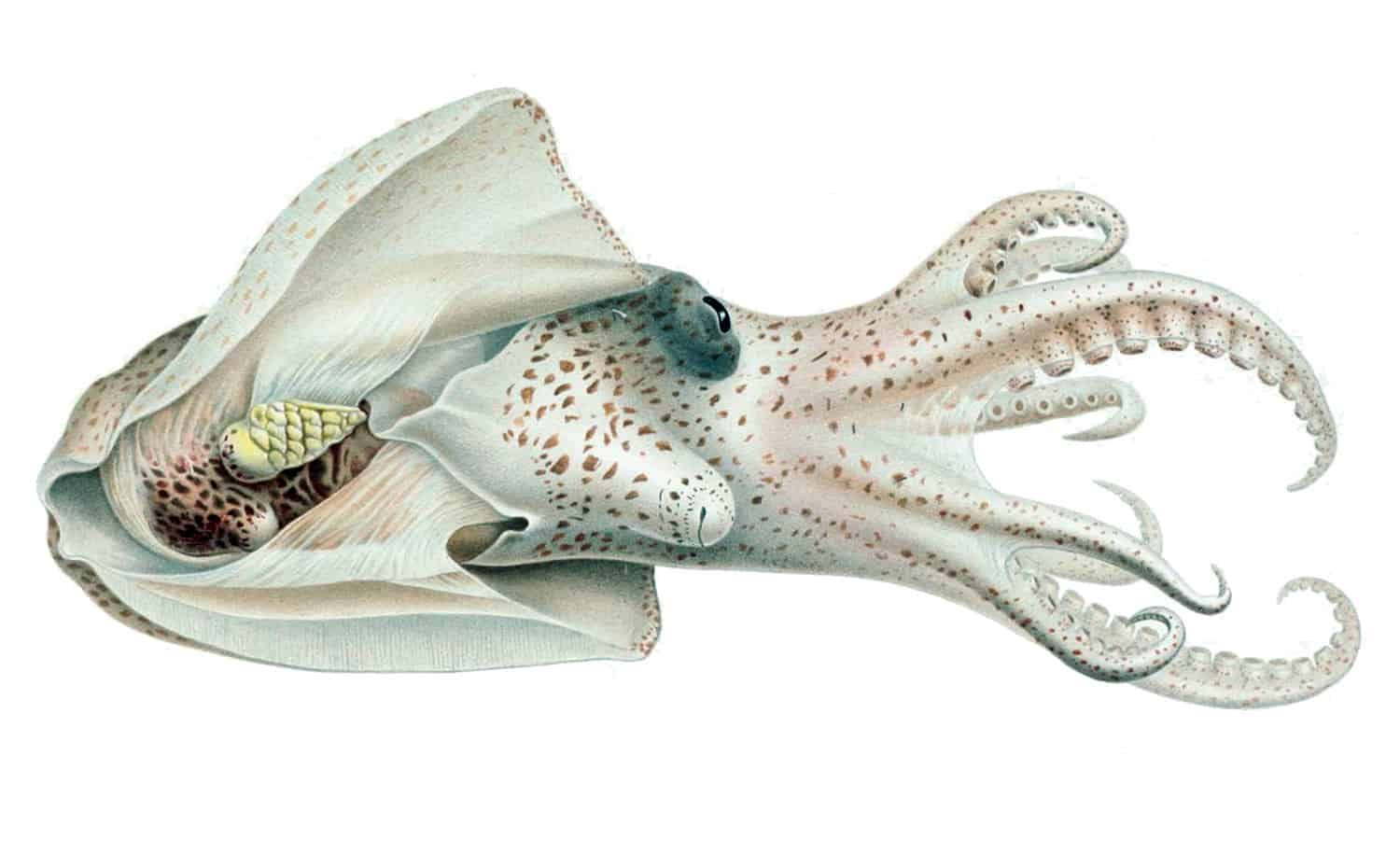
Japetella Octopus
The Japetella heathi octopus is a special kind of marine life. It is a bioluminescent species, and it looks practically invisible whenever it is underwater. Whenever it senses an enemy attack, the octopus makes itself completely transparent by changing its color to red.
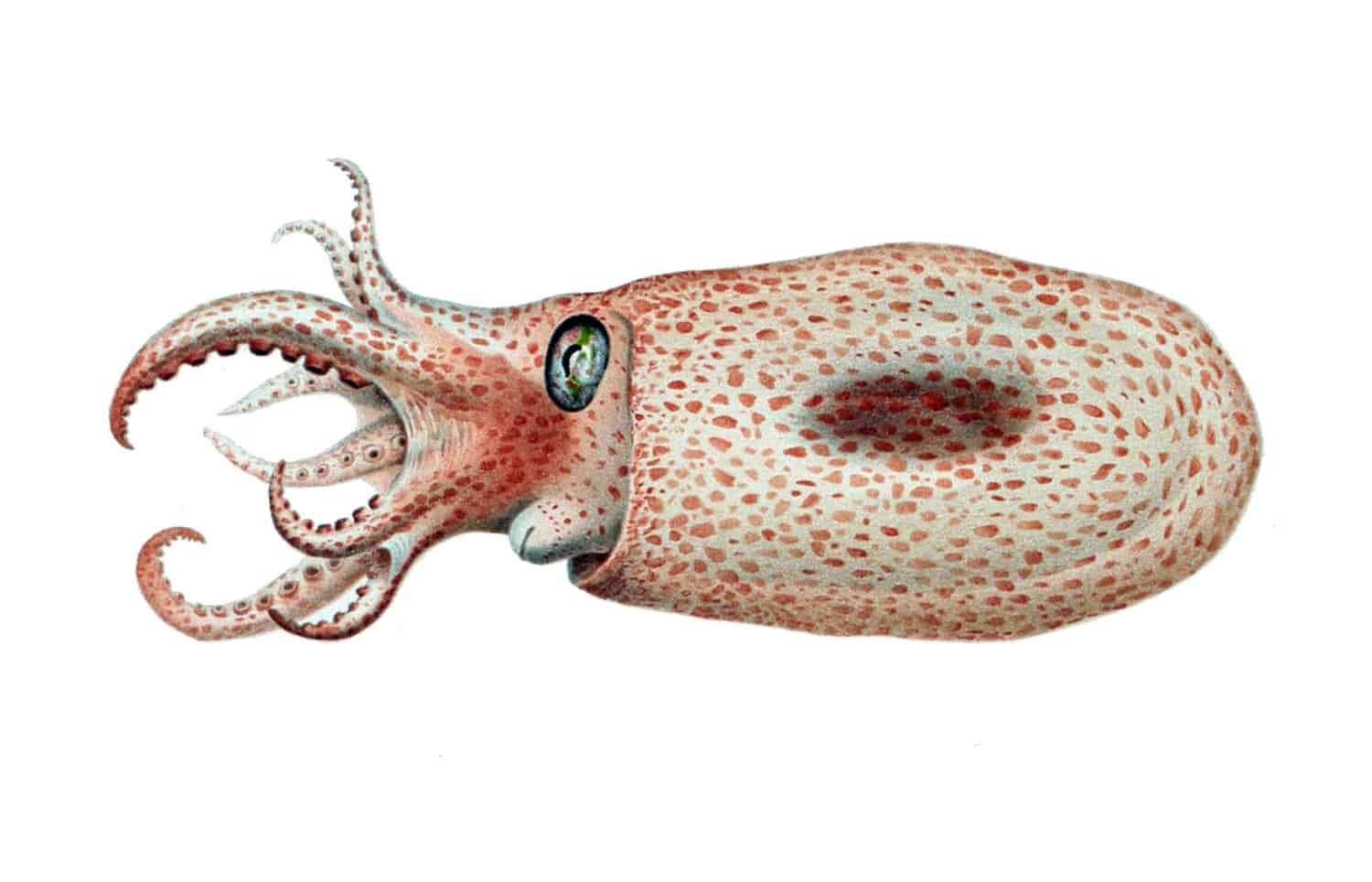
This helps the octopus hide its silhouette from being spotted on the bottom of the ocean floor. They also have evolved to the point that their eyes and guts are reflective, which further cuts down on the chances of being seen.
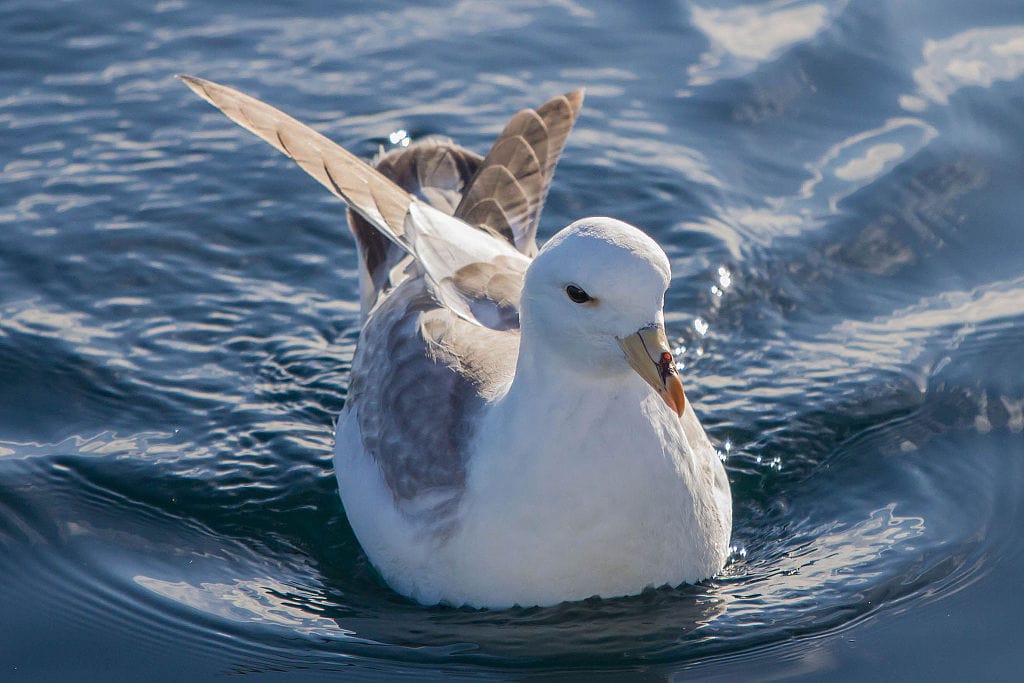
Northern Fulmar
The Northern fulmar is an abundant bird species found primarily in the North Atlantic and North Pacific oceans. They come in one of two types of color morphs: a light one and a dark one.
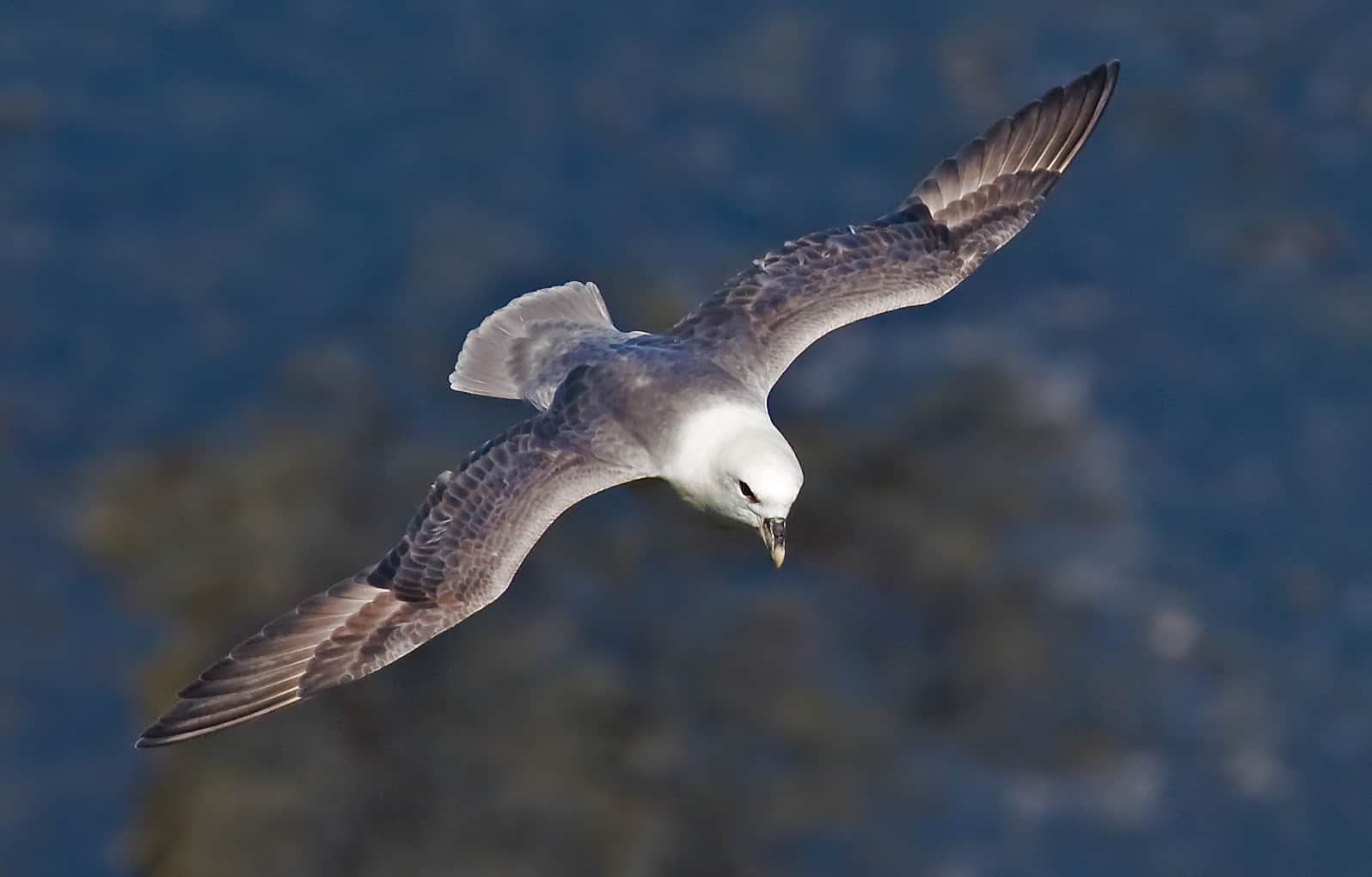
Similar to other kinds of birds, the Northern fulmar chick will projectile vomit as a way to deter its attacker. If a stream of bright orange puke that smells like rotten fish does not stop an enemy in its tracks, it is not clear what will.
When this caterpillar senses the presence of a predator, it changes the way it looks to resemble a snake by puffing itself up and using its patches to form false eyes. Few predators want to mess with a snake.

Dormouse
The Dormouse is a rodent found in Africa, Asia, and Europe. One of its most notable characteristics is its ability to live in temperate zones because of its hibernation. It can hibernate for six months of the year or even longer. Its sleepy behavior is reflected in “Alice’s Adventures In Wonderland.”
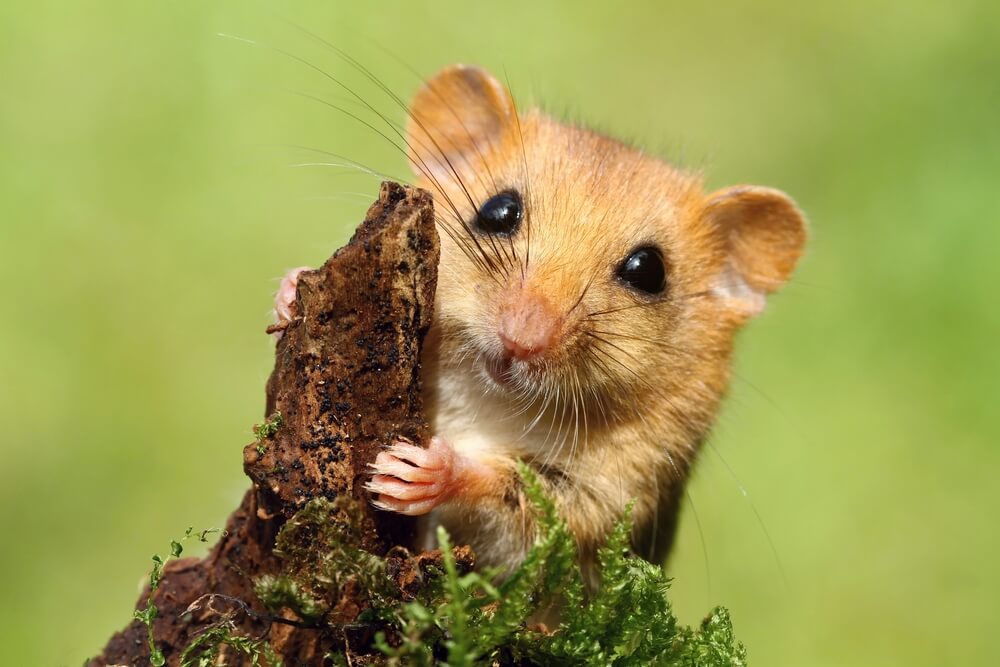
The peculiar way it can avoid predators is by literally giving them the slip. The skin on its tail is very loose, and when an enemy grabs hold of the critter by its back end, the skin comes off and gives the dormouse the means to escape.
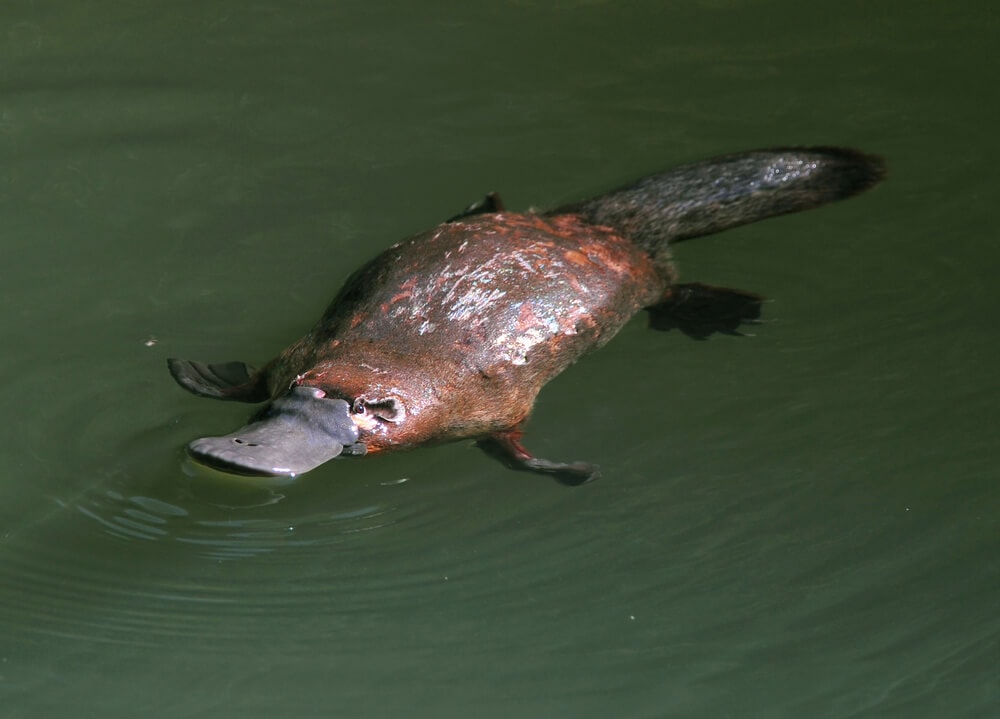
Duck-Billed Platypus
The platypus is one of the few mammals that lay eggs. It is also one of the few that are venomous. The male duck-billed platypus can deliver a mighty sting that causes immediate pain to any intruder. The pain is described as hundreds of hornet stings at one time.
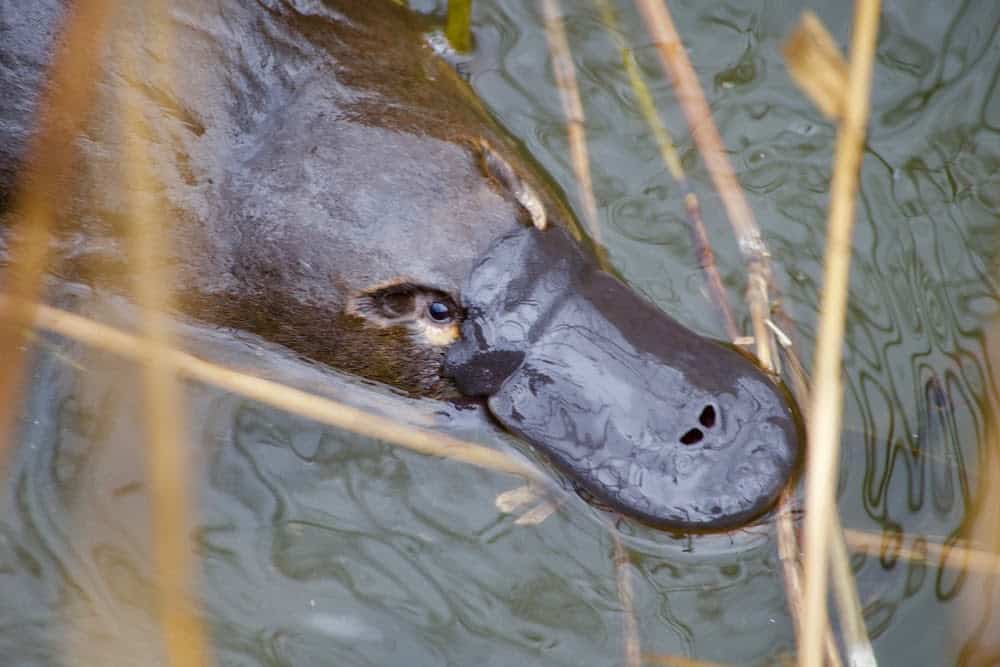
Scientists have said that the method seems to be used only as a defense mechanism. The production also tends to rise during the breeding season, so several experts believe it is used to assert dominance and control the territory.
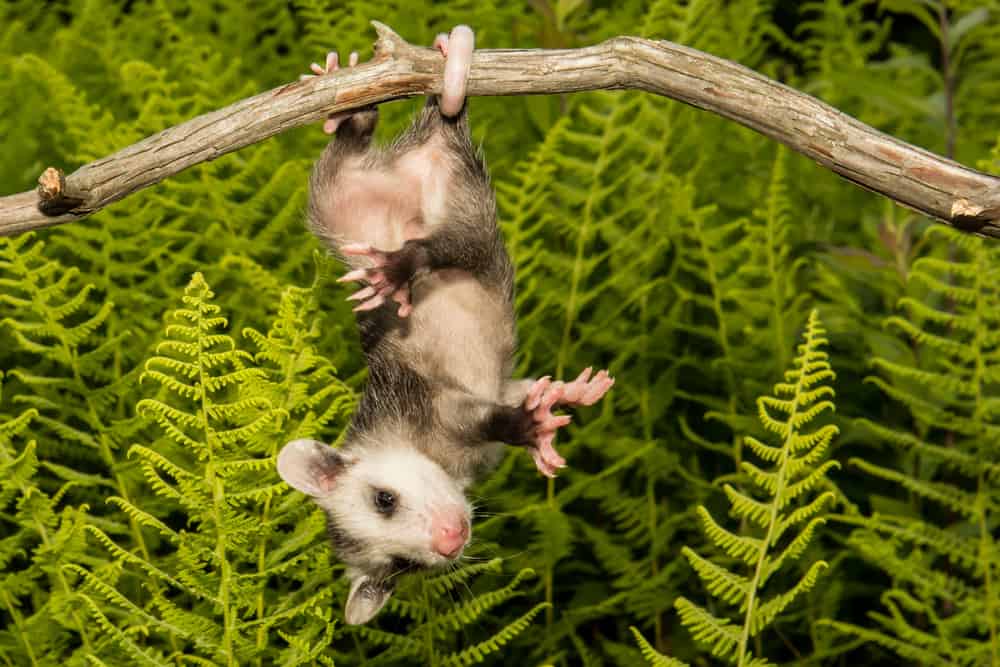
Opossum
Opossums are known for their ability to play dead to avoid capture, but before that, the animal will hiss and show off its alligator-like teeth in a threatening manner. When it feels extreme fear, the marsupial goes into an involuntary comatose-like state. This gives off the illusion that the creature has keeled over and died, thwarting the thrill of the hunt.
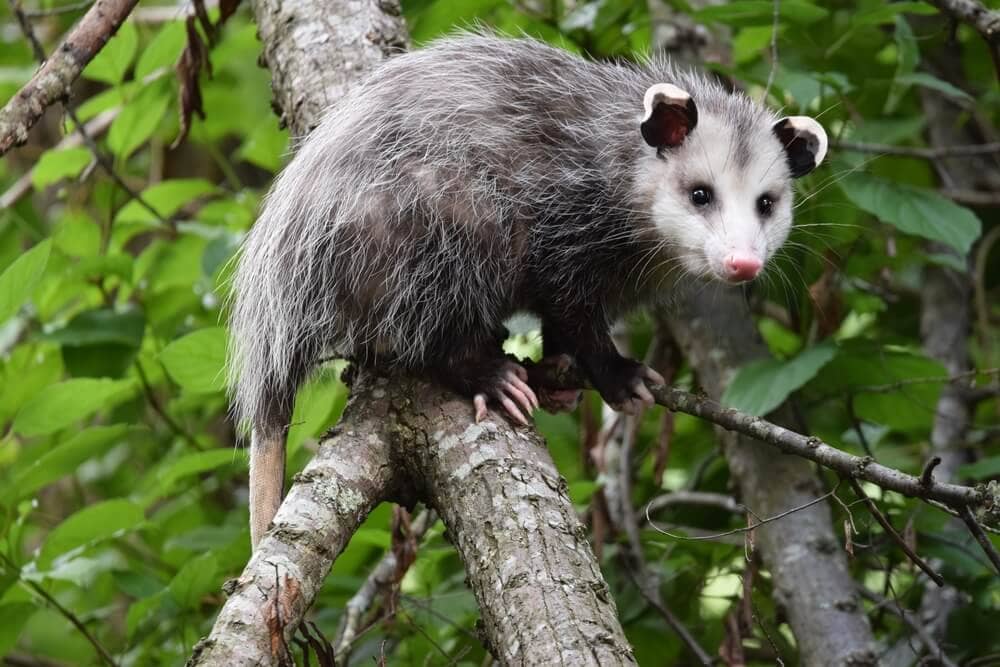
Scientists have stated that this miraculous defense mechanism will ear off once the opossum “comes to” and realizes that danger is no longer imminent. The fear can also cause a greenish colored anal fluid that gives off an unpleasant smell to ward off the intruders.
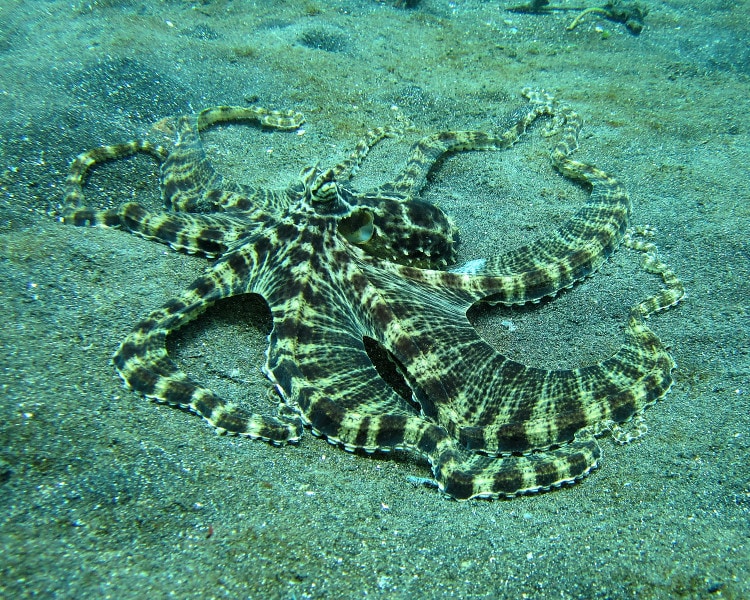
Mimic Octopus
Another species of octopus that has an unusual defense mechanism is the mimic octopus. It is native to the Indo-Pacific area, usually found near Indonesia off the coast of Sulawesi. In the early 90s, experts discovered the incredibly clever way that the mimic octopus utilizes when it feels under attack.
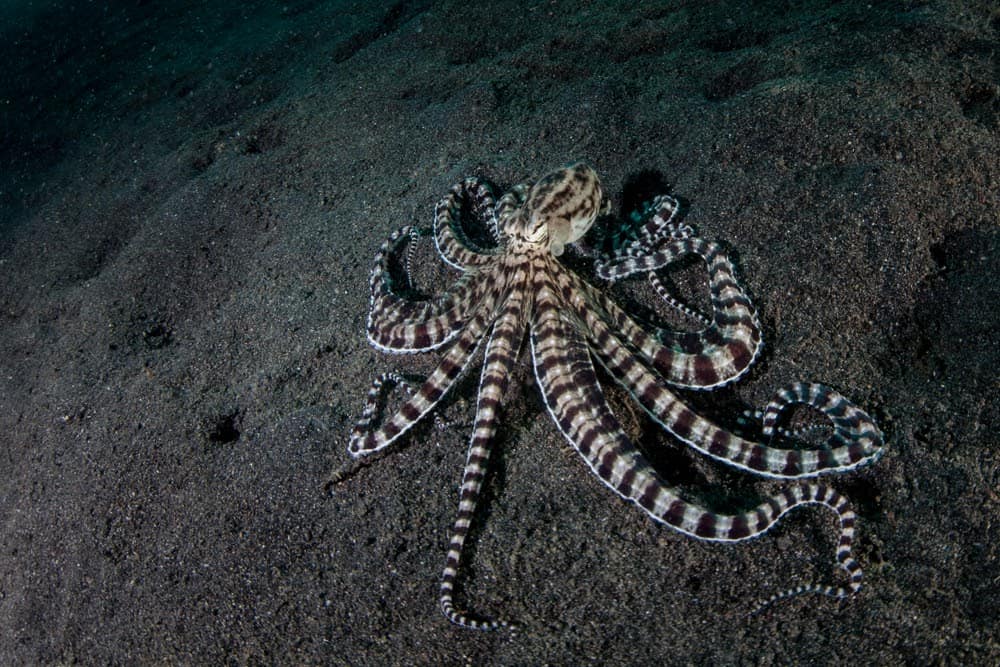
The mimic octopus is a shape-shifting animal, where it can take on the forms of a lionfish, jellyfish, shrimp, crab, and about ten other animals. The surprising fact is the octopus can sense what sea life is nearby and adapt its shape accordingly to ward off the danger. It is believed that the mimic octopus is the only aquatic species that can impersonate other sea creatures.

